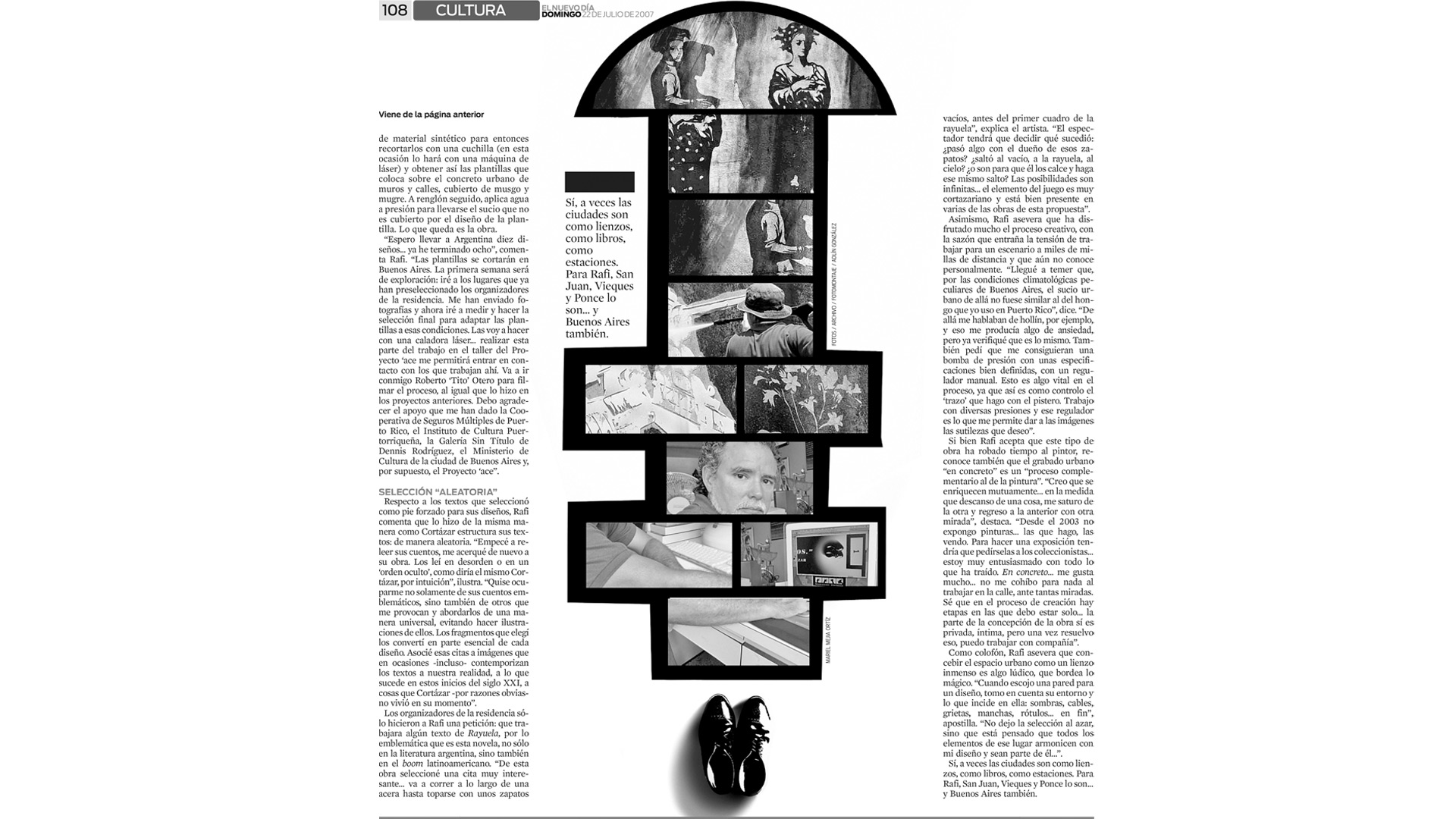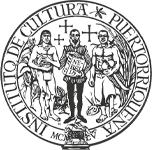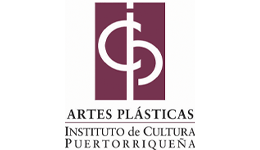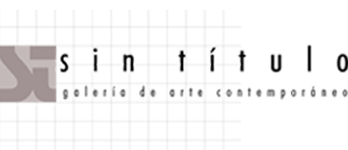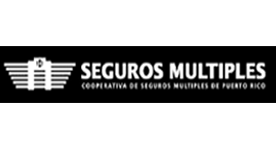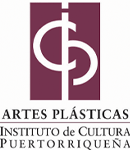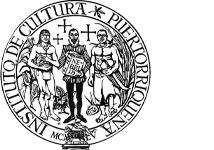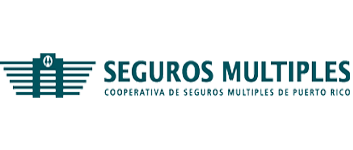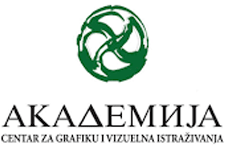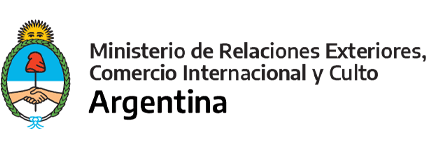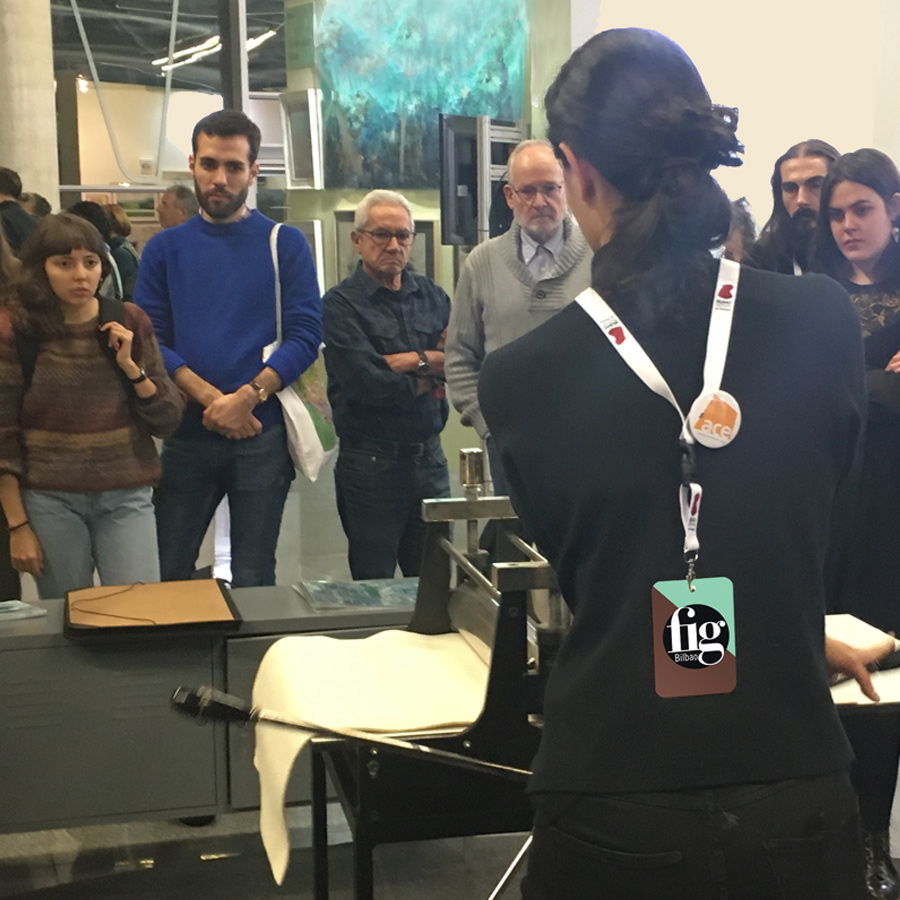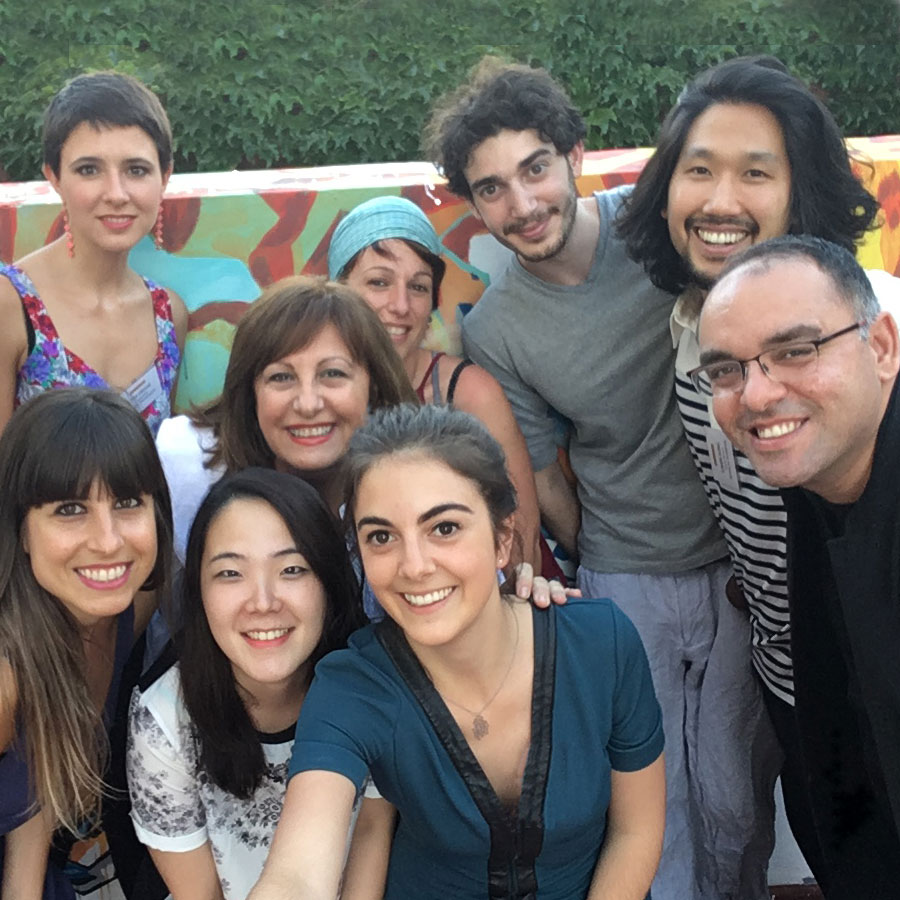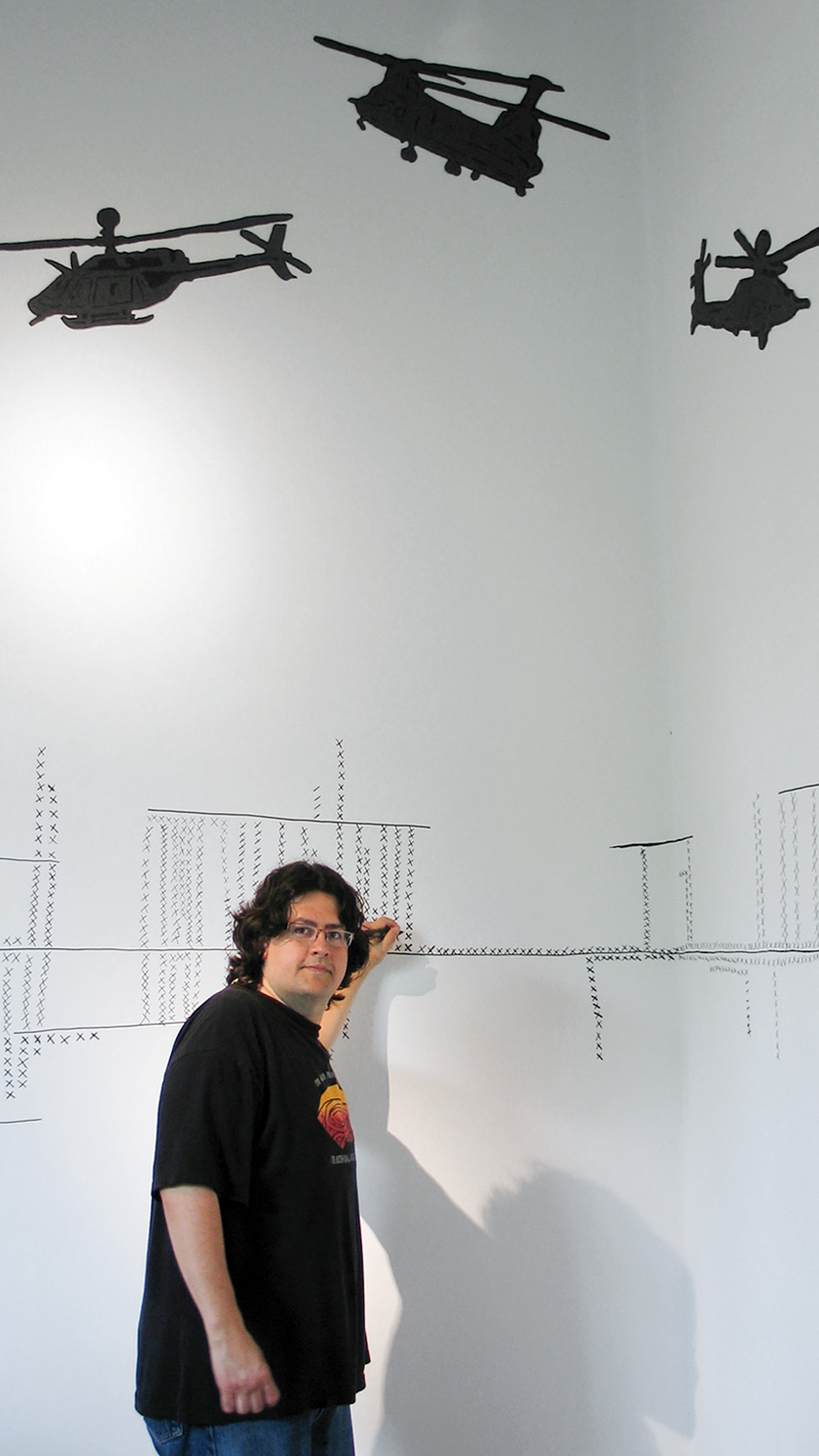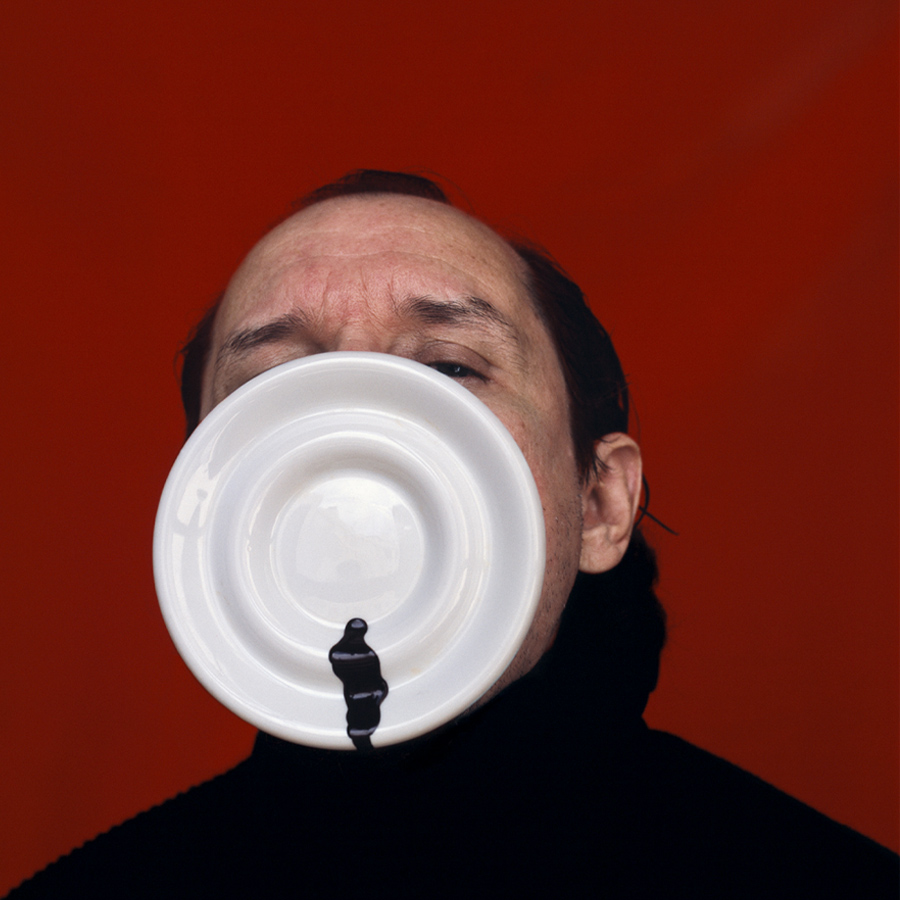Artists
Puerto Rico
Rafael Trelles
Visiting Artist
10.08.07 30.08.07
“Trelles is an artist with enormous intuitions, but, at the same time, he is thoughtful, cultured and always attentive to the social and political circumstances in which he moves. His pieces are distinguished by a strong multidisciplinary spirit: so much so, that he confesses that he writes a poem to the back of his paintings, based on the images he creates on the canvas ”
Rafael Trelles is a renowned painter, printmaker, poet, set designer, costume designer and author of experimental works.
The artist was born in Puerto Rico, and lived his youth in the town of Yauco. He began his formal arts education at the age of twelve under the Catalan painter Julio Yort’s mentorship. He received his Bachelor of Arts from the University of Puerto Rico and continued postgraduate studies in Mexico. Then, he moved to the Canary Islands, Spain, where he was part of the Delfín del Cielo Workshop and for which he collaborated with costume designs and scenery. He returned to Puerto Rico in 1986 and has continued to expand his artistic practice to include sculpture, installations, performance, and photography, among others.
Since 2004, Trelles is working on the project On Concrete (urban graphics), an experimental graphic work that he developed on walls, sidewalks, and poles in the city of San Juan, Puerto Rico. It is an experimental graphic work originally designed to integrate art into the poor and abandoned sectors of Puerto Rican cities. The work, due to the places in which it is located, has daily contact with passers-by to the point that these urban engravings become part of the city.
In 2007 Proyecto´ace invited the artist to produce a new En concreto edition in the city of Buenos Aires. It is not unusual for the artist to unite his vocation for literature with this print project. His images were based on Rayuela, the famous book of the Argentine writer Julio Cortázar (perhaps the greatest Buenos Aires’ flâneur) and others of his short stories. Inspired in them, Trelles made a series of interventions on the walls and sidewalks of the neighborhoods of Caballito, Colegiales and San Telmo, in Buenos Aires.
Prior to his residence, the Proyecto´ace team obtained the corresponding permissions, searched for a hydro-washing gun and carried out all the previous production. Once in Buenos Aires, and during his residency, we produced the designs and templates with CNC cut on polycarbonate. They were the stencils to “print” the images on the walls. Given the ephemeral nature of the work, a documentary film directed by Puerto Rican video-documentalist Roberto Tito Otero was also made within the artistic residency. The film and the templates used to make the work were exhibited in the Sala Poliglota during an ´aceNITE that included a talk and discussion with the public.
As a corollary of this project -which was very intense to all of us who work on it- we printed an edition of 30 portfolios with photoetching of the images that were in the walls. In an edition of 30 copies, it was printed in the ´ace workshops in Buenos Aires during the months of September to November 2007.
BIO
Rafael Trelles
1957 | Santurce. Born in San Juan de Puerto Rico. Puerto Rico.
1985 | He moved to live in the Canary Islands, Spain.
Since 1986 | He resides in San Juan, Puerto Rico.
STUDIES
1984 | Postgraduate Studies, National School of Plastic Arts, Academia San Carlos, Universidad Autónoma de Mexico. Mexico.
1980 | BA University of Puerto Rico. Puerto Rico.
EXHIBITIONS
2005 | Natividad, Untitled Gallery. San Juan, Puerto Rico.
2005 | Specifically, urban graphics in Vieques”, Museum of Art of Puerto Rico.
2005 | In Concrete, Urban Graphics, Museo Conde de Mirasol. Vieques, Puerto Rico.
2005 | In Concrete, Urban Graphics, Botello Gallery. Hato Rey, Puerto Rico.
2000 | Visits to the Velorio, Museum of San Juan. Puerto Rico.
AWARDS
2005 | Best Exhibition Award, International Association of Art Critics. Chapter of Puerto Rico.
1998 | Arts Medal, Puerto Rican Association of Plastic Artists affiliated to UNESCO. San Juan, Puerto Rico.
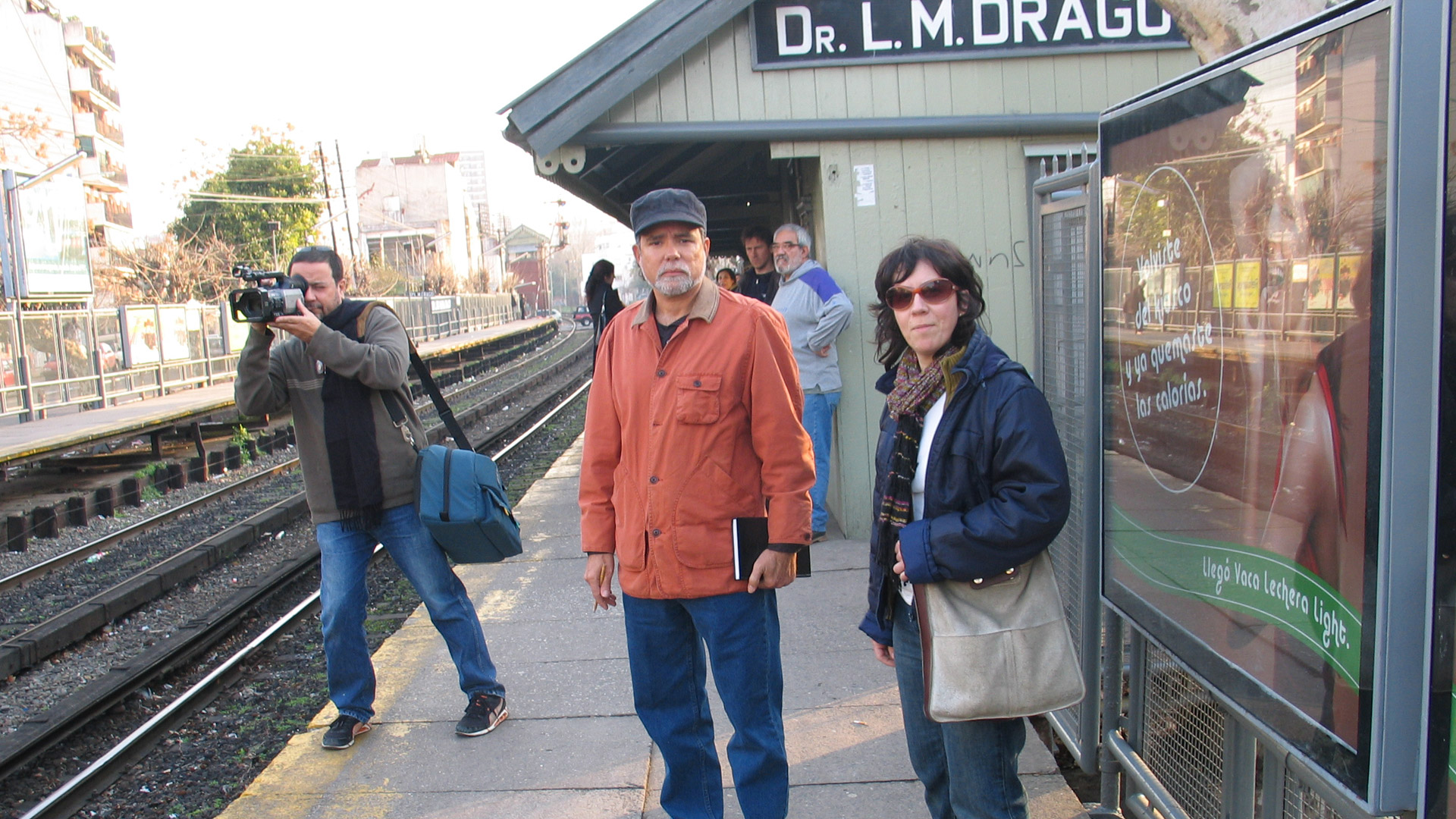
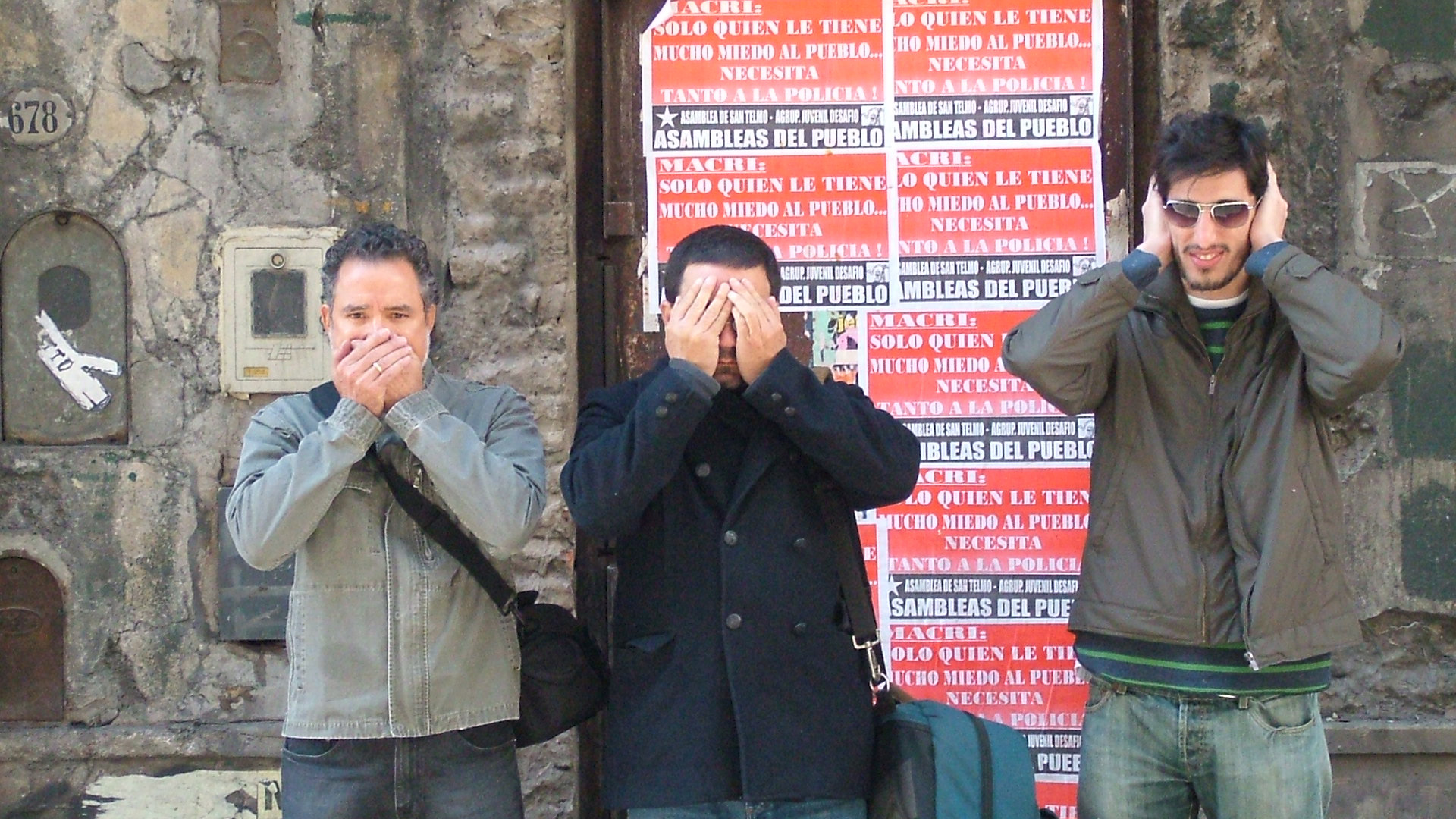
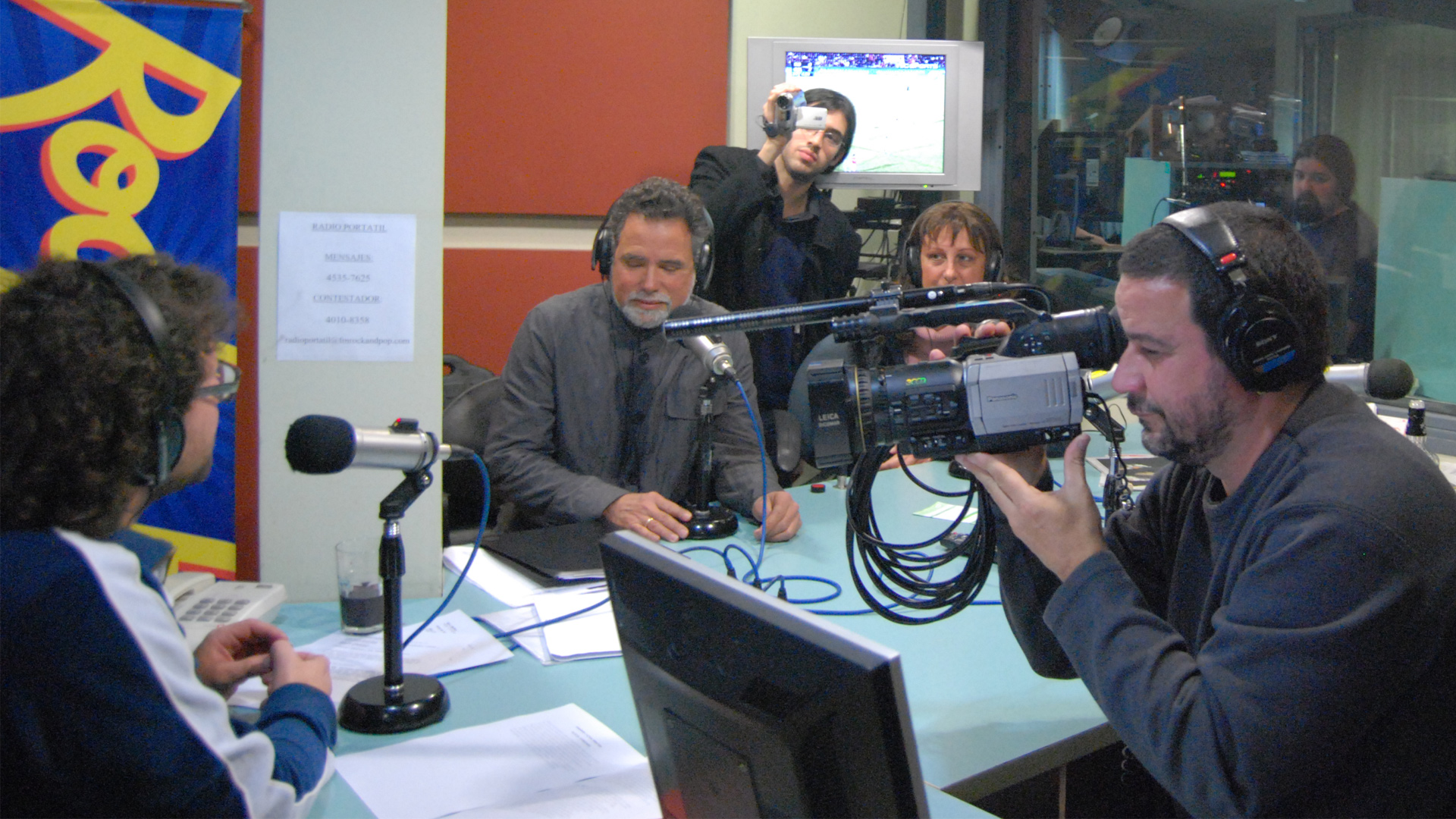
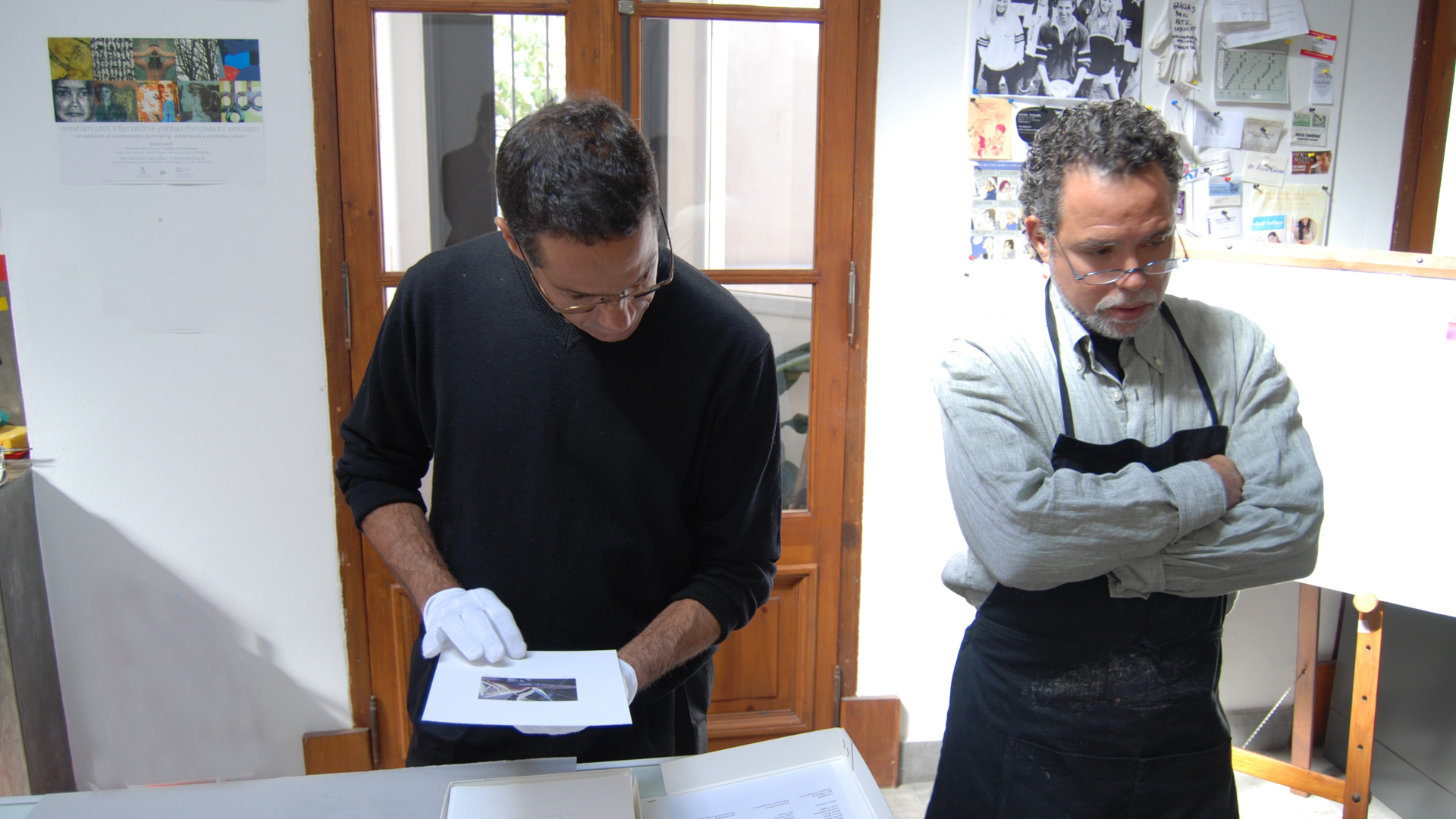
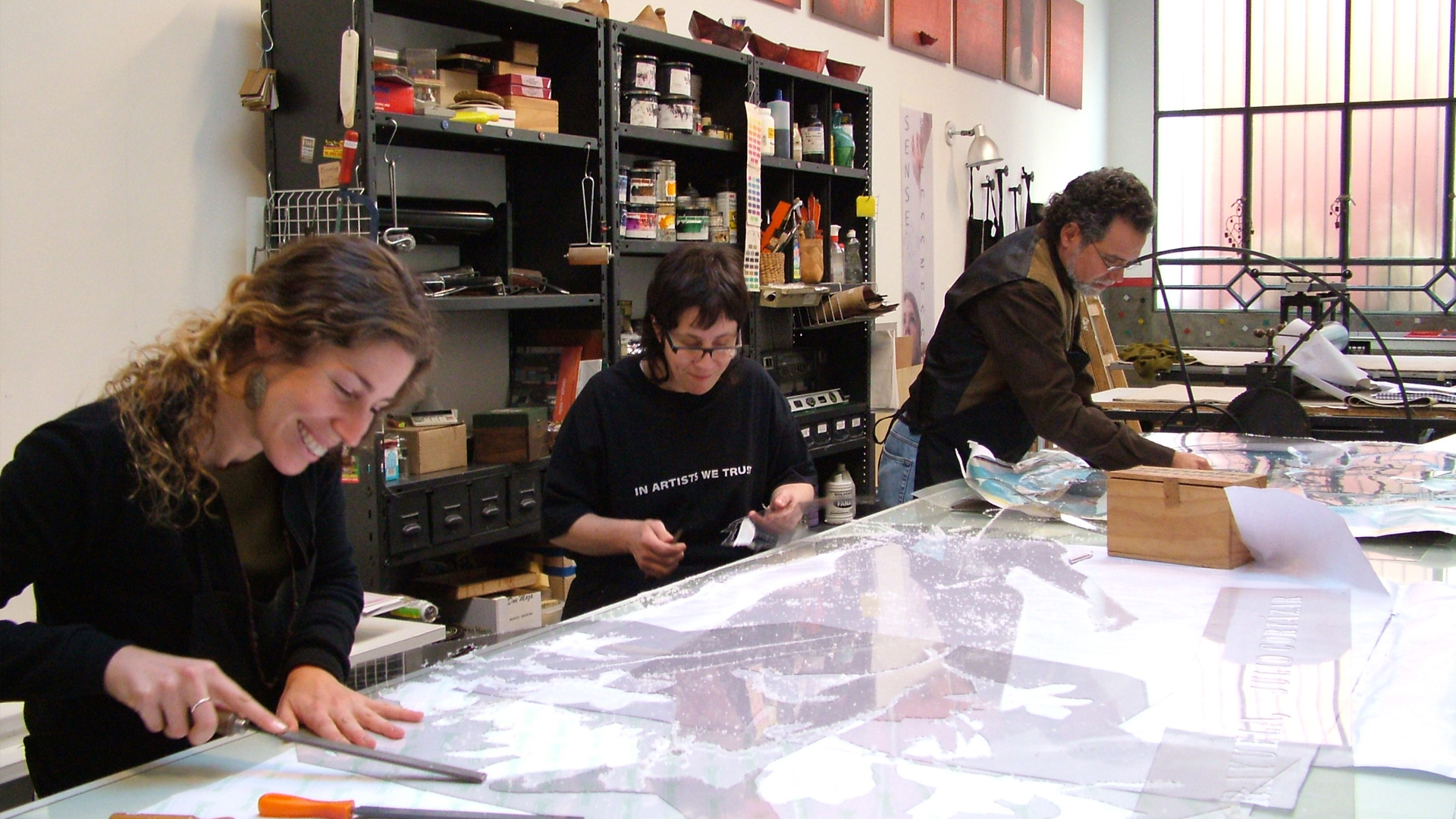
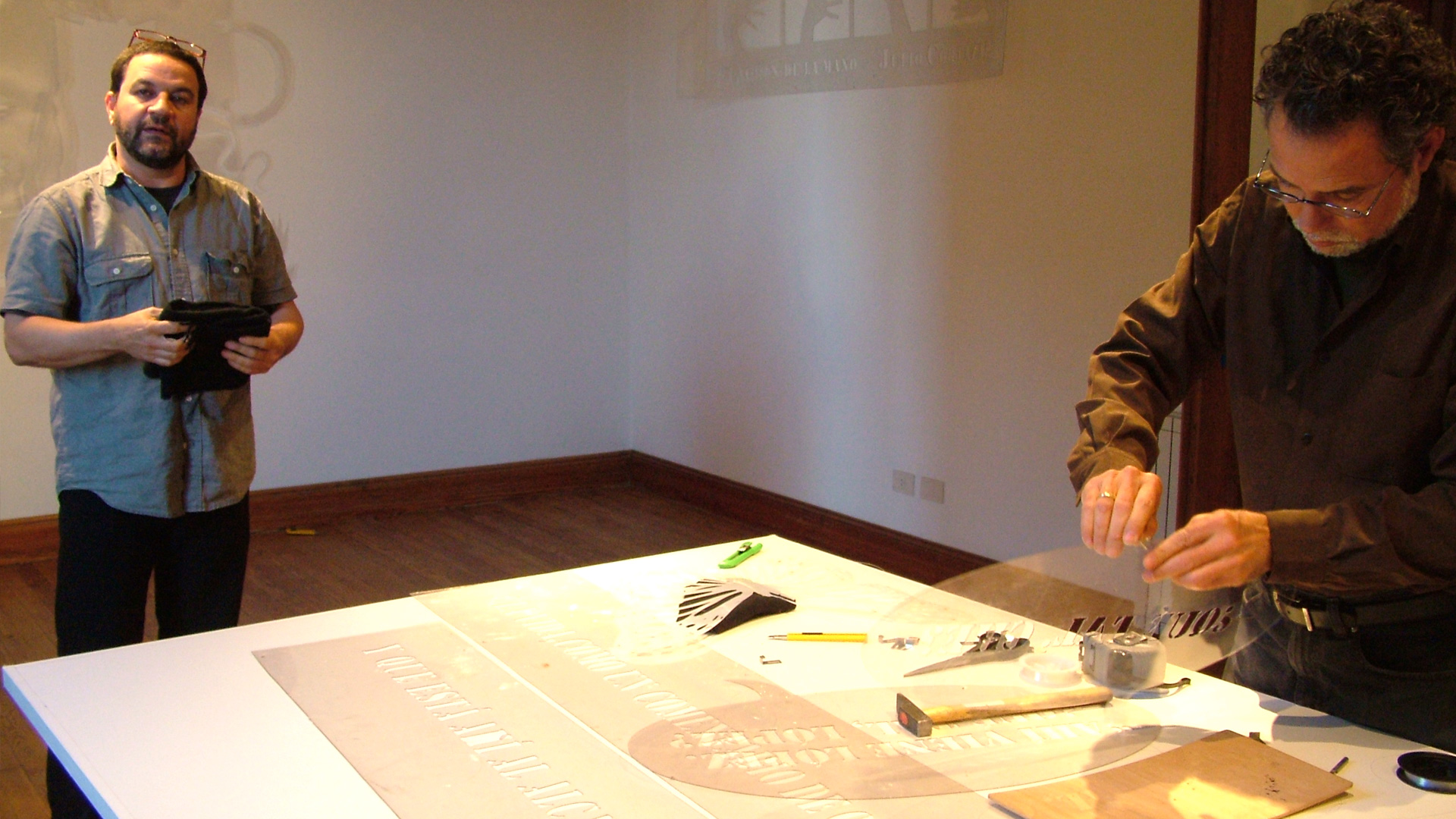
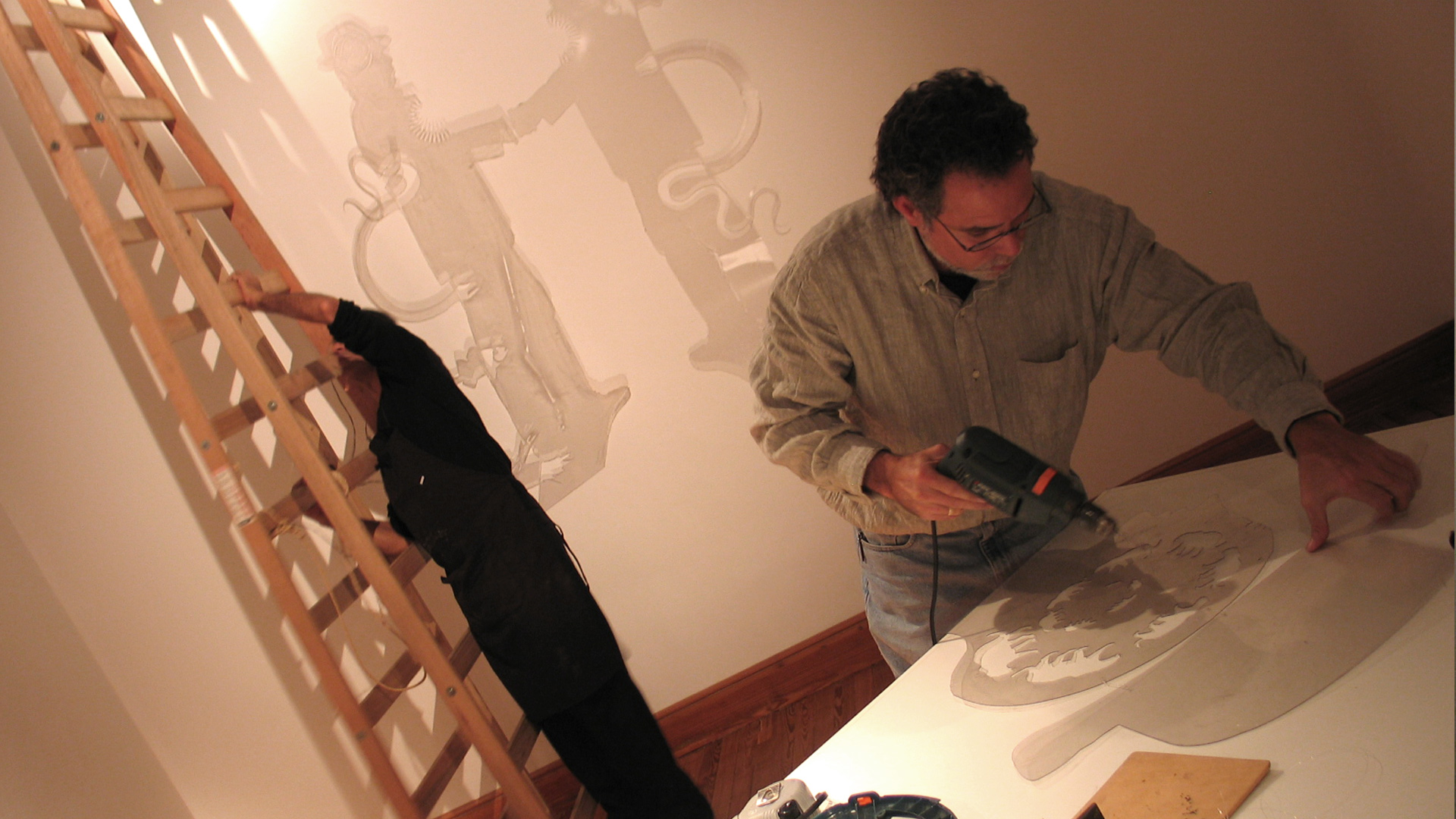
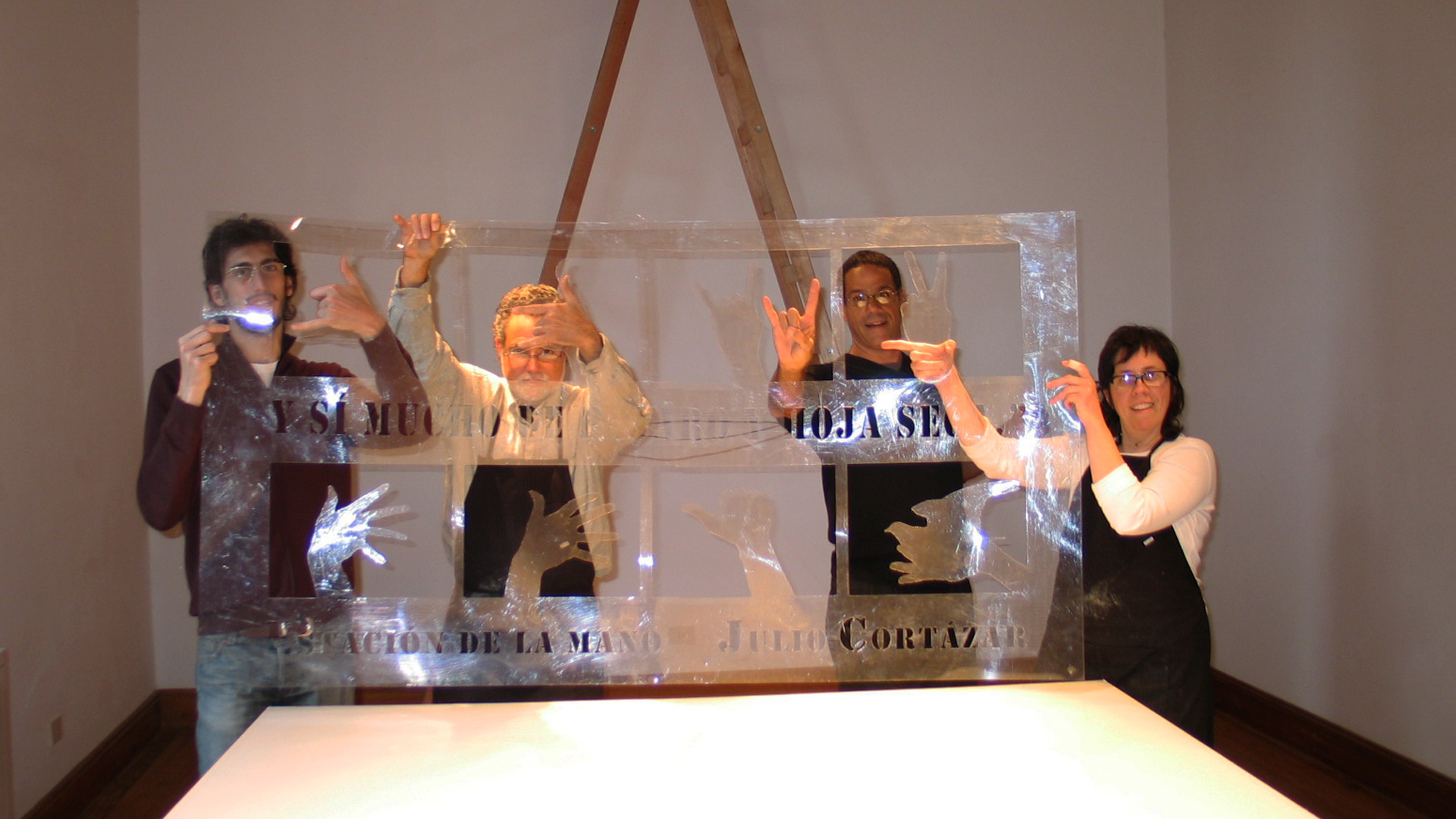
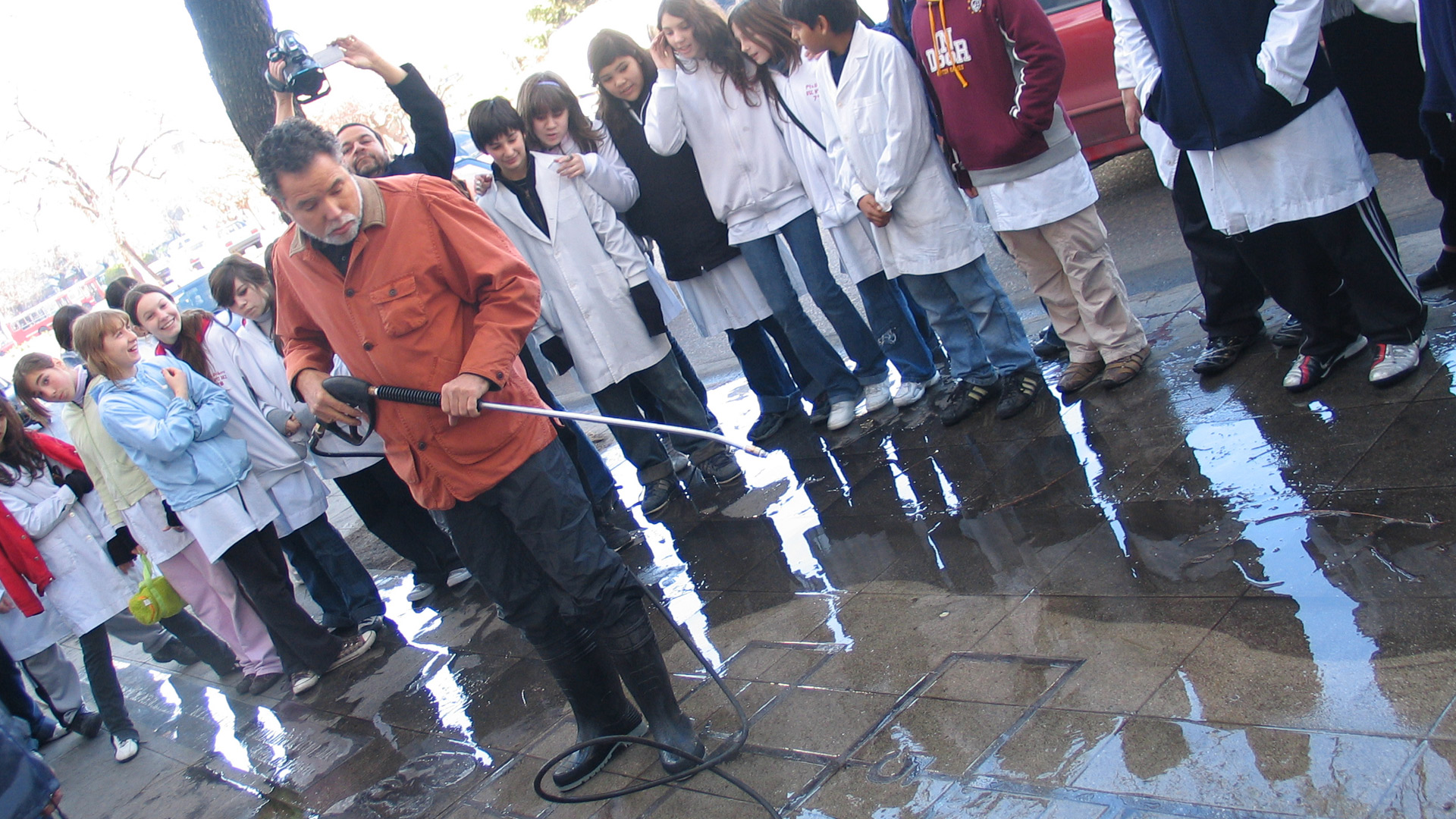
Related Activities
´aceNITE, Site Specific
Tying Up Stories
Artists in dialogue
30.08.07
During this ´aceNITE ´ace introduced two projects related, in some way, because they were ephemeral and perform direct interventions on the walls.
In the Políglota Room we projected a video that registered “In Concrete:Urban Graphics”, an urban intervention made by the Puerto Rican artist Rafael Trelles during his residence in Proyecto´ace. The public had the opportunity to watch the video and also dialogue with the artist on the concepts and techniques he used. In addition, as a testimony of the project, the stencils -used to “print” the walls and carry out the interventions- were exposed as well as the designs of The Southern Highway and Little Paradise in CNC cut format. All the pieces stayed installed into the Poliglota Room and the Central Hall in ´ace house until December 2007.
On other hand, in the Transversal Space, public appreciated and interacted with Romina Biglieri´s intervention E.S.D.S. / Elementary Samples of Daily Symmetry. The piece, a direct drawing on the wall, registered “the energy lines”, routes that virtually represent the movement of each individual in a given space. On the day of the opening, as well as along the time that the work was on view, the artists in residence and the people could draw their own “lines and routes” inside the house, so the work transmuted day by day.
Related artists
In Concrete video
Roberto (Tito) Otero
Stencils production
Visual Production

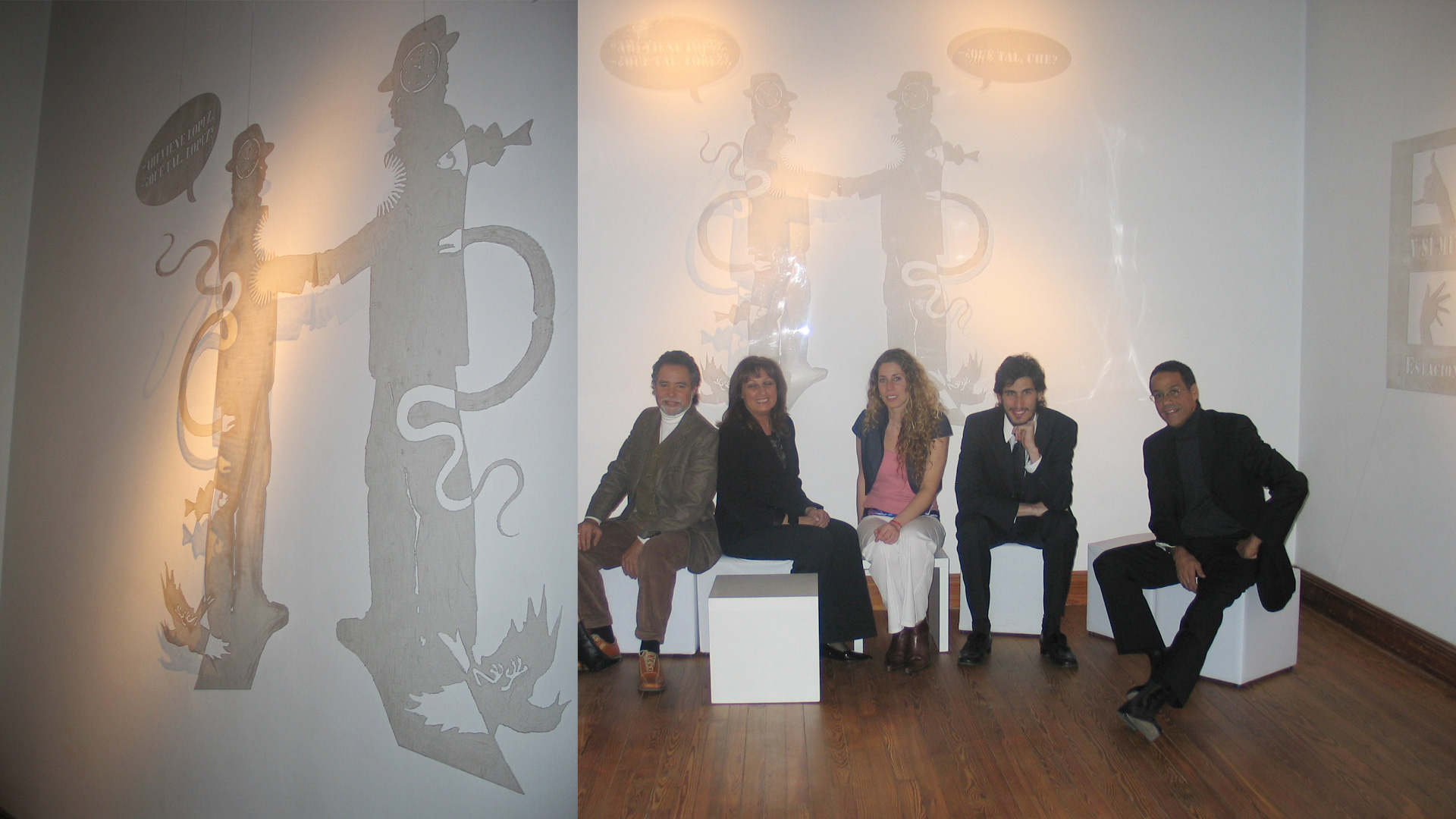
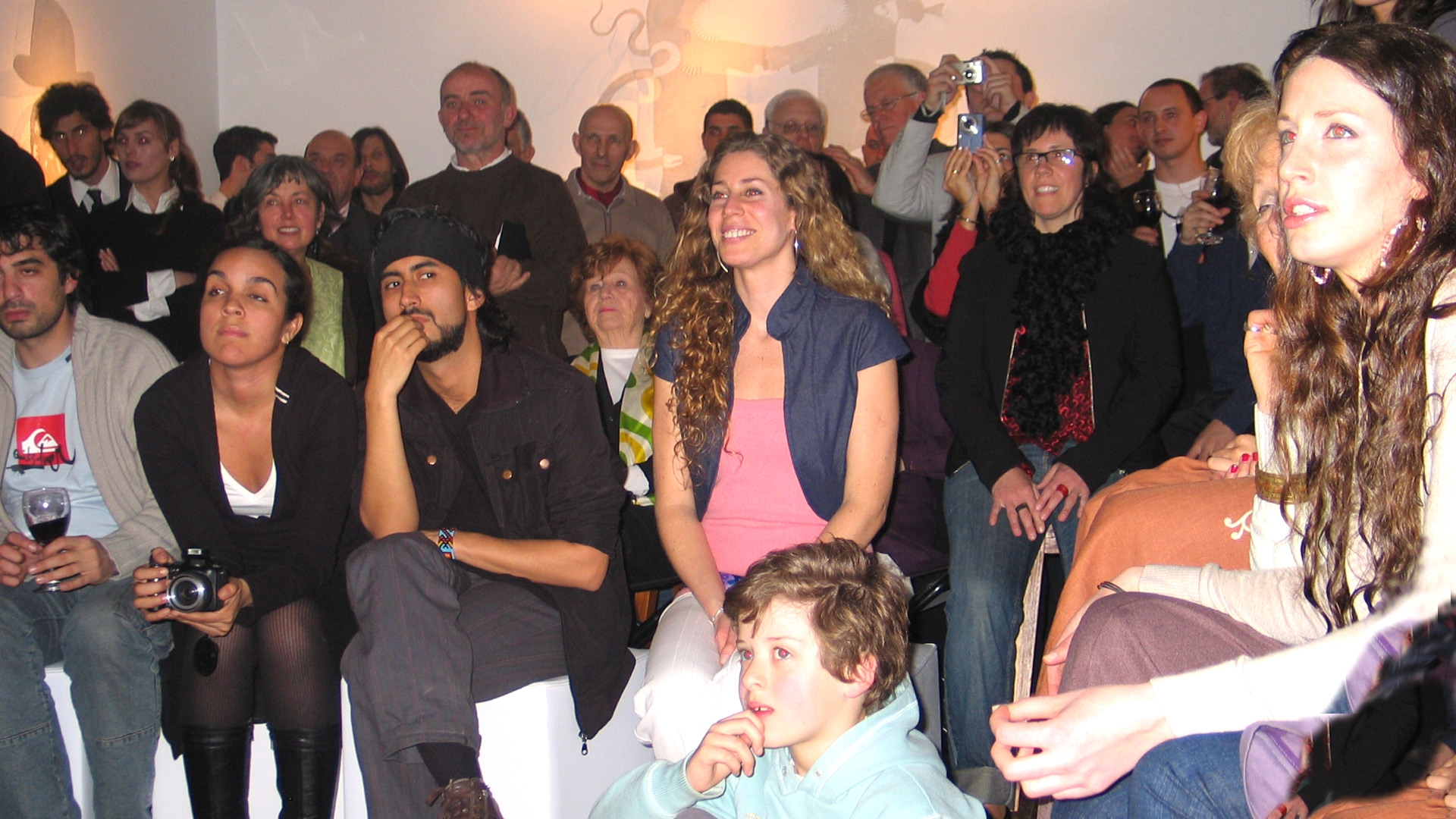
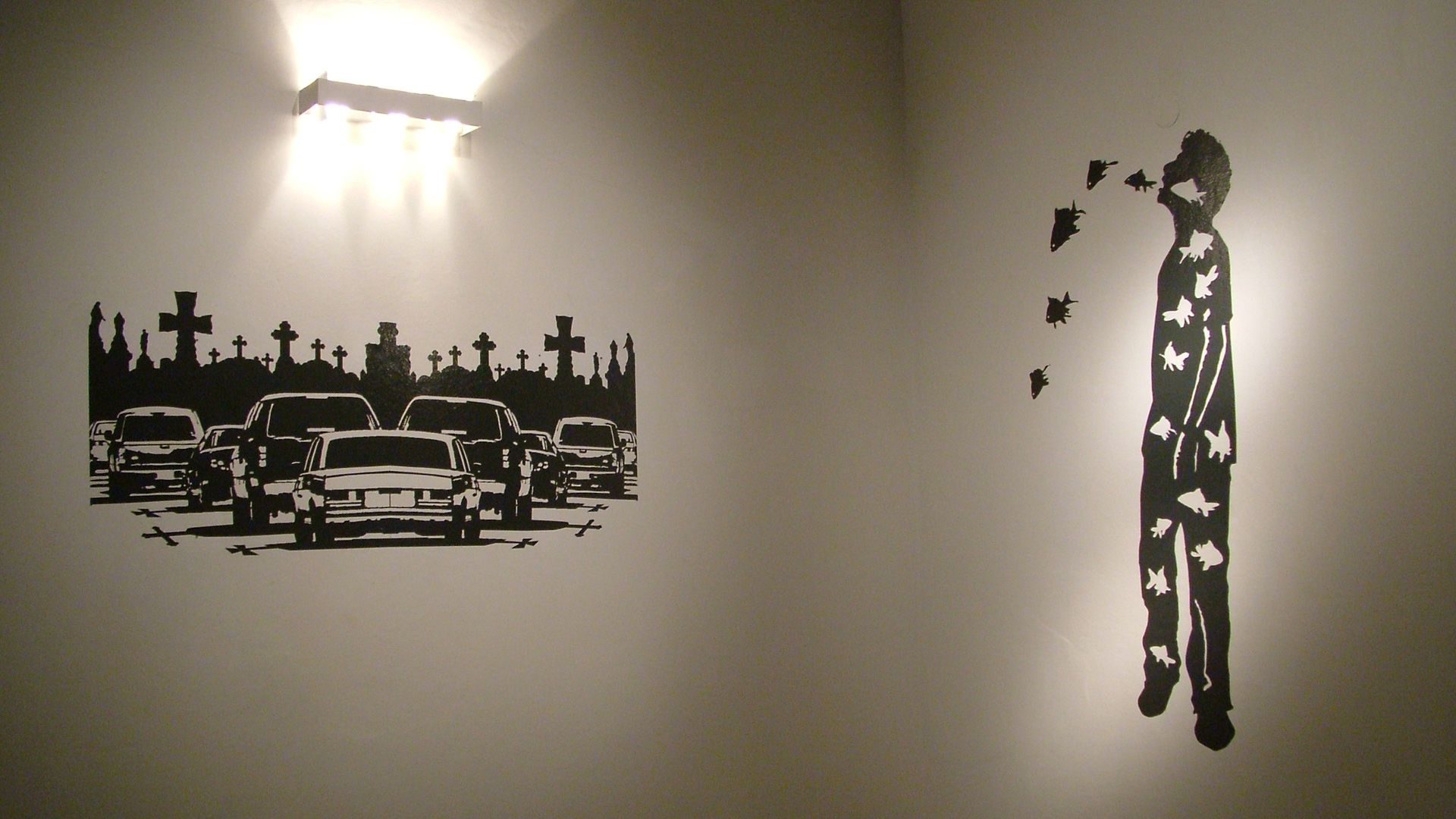
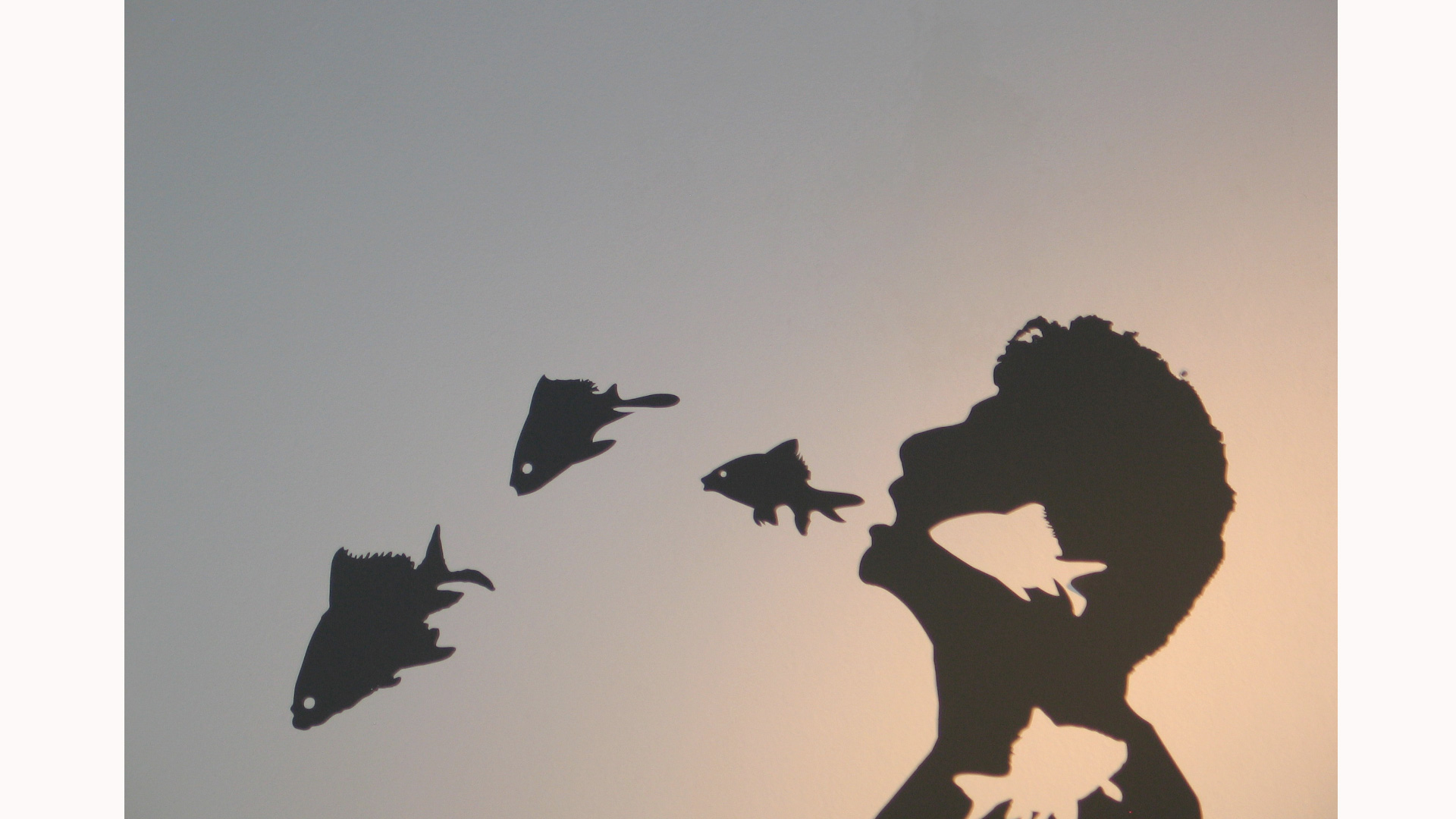
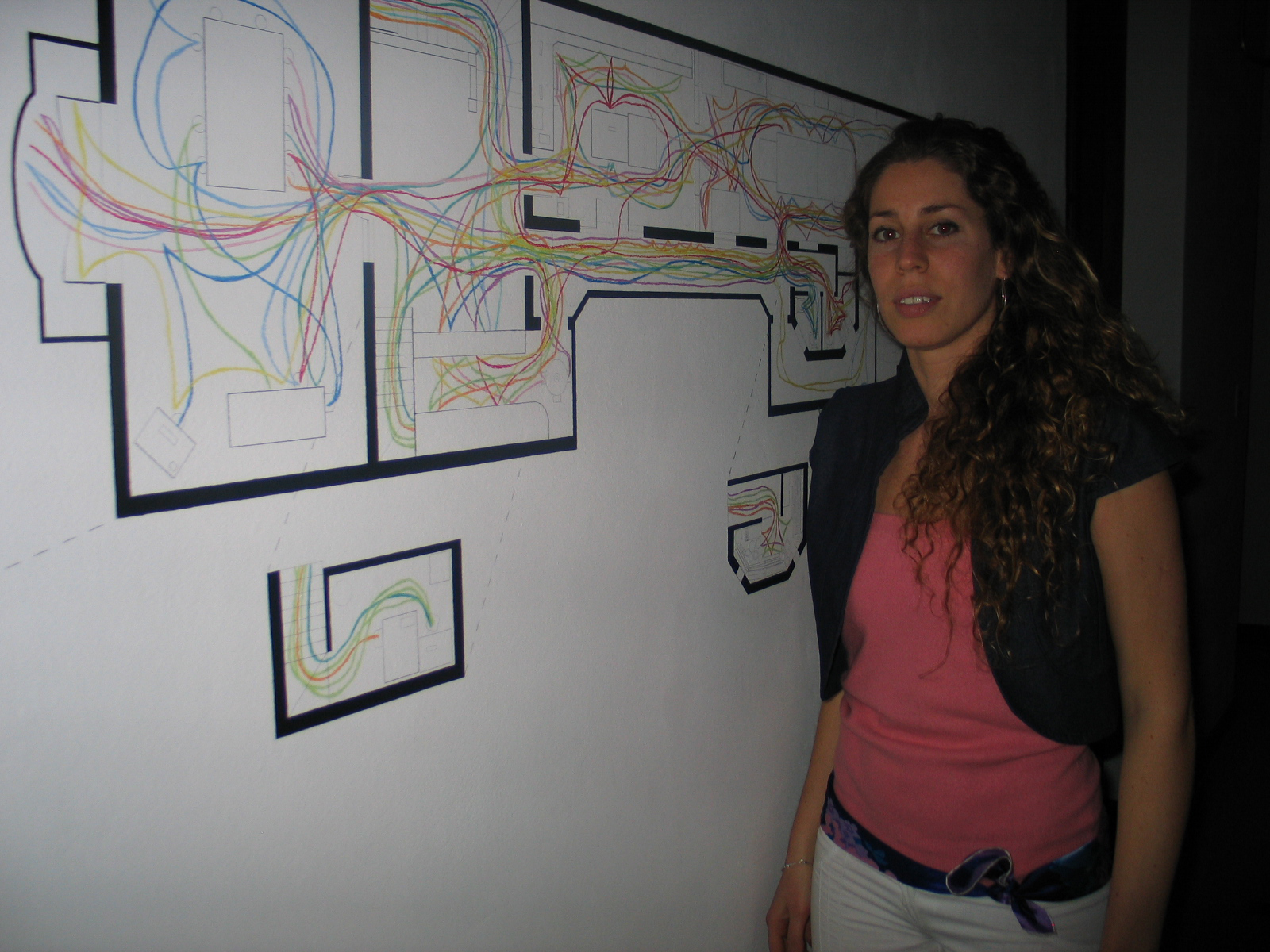
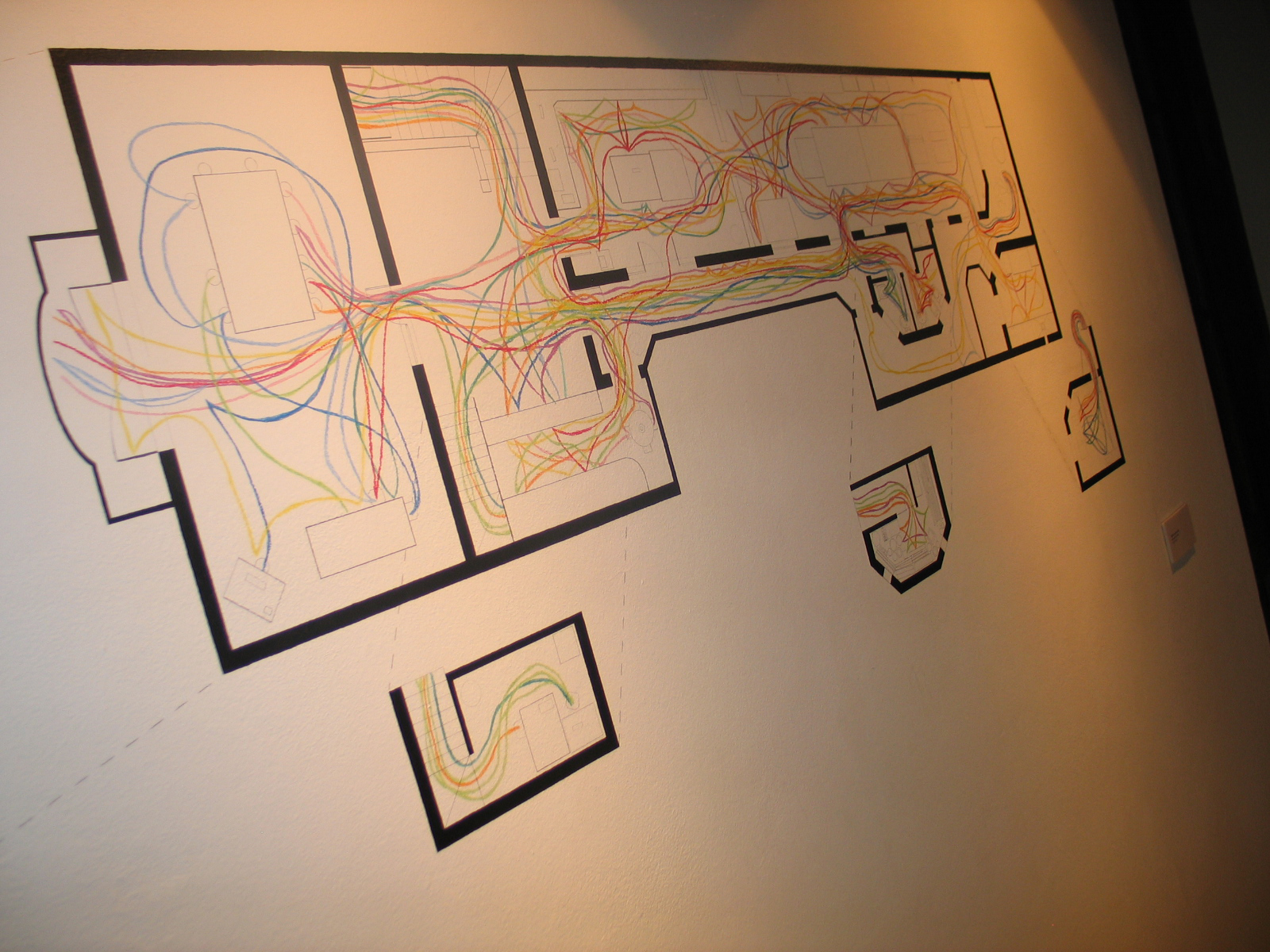
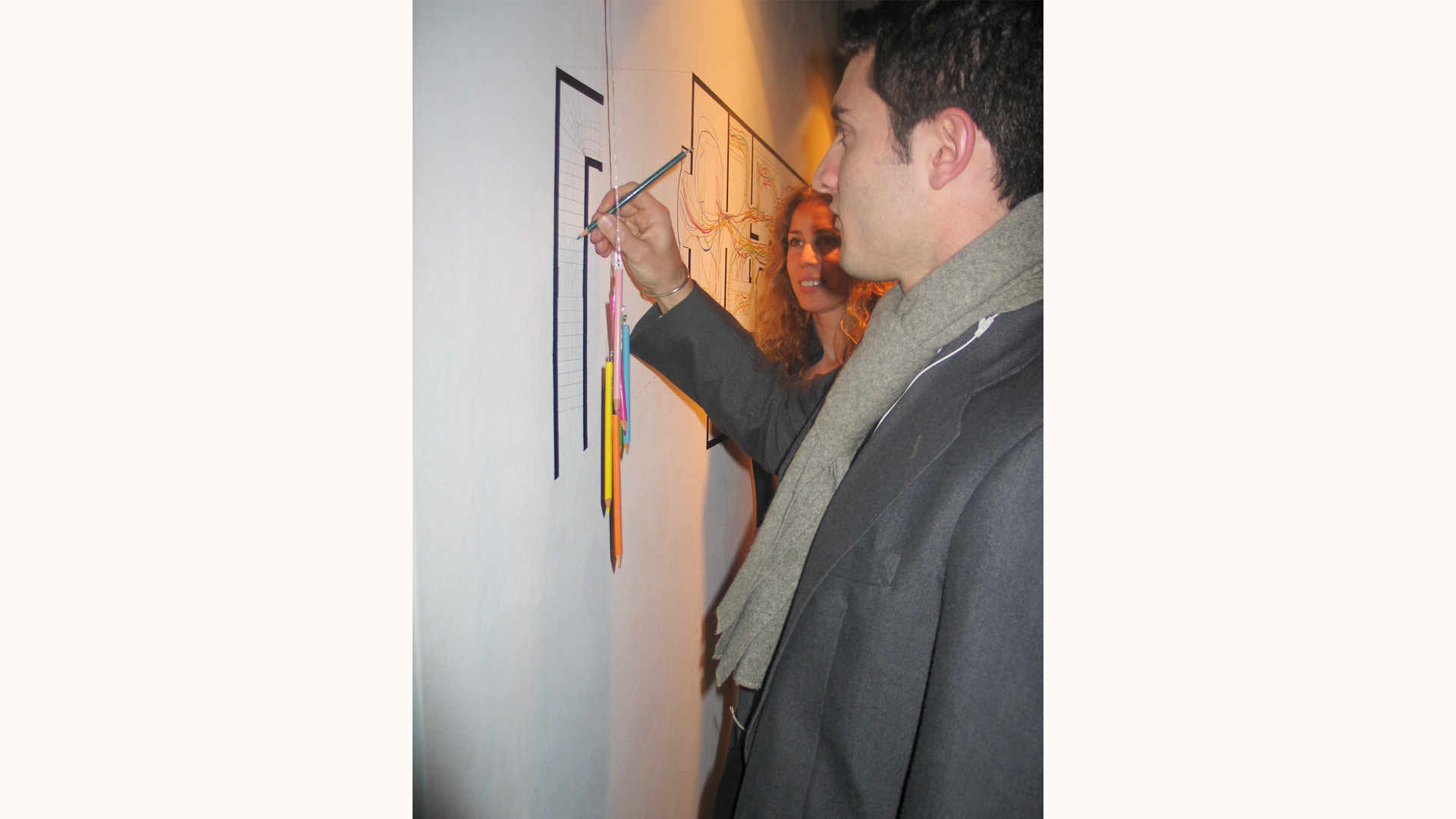
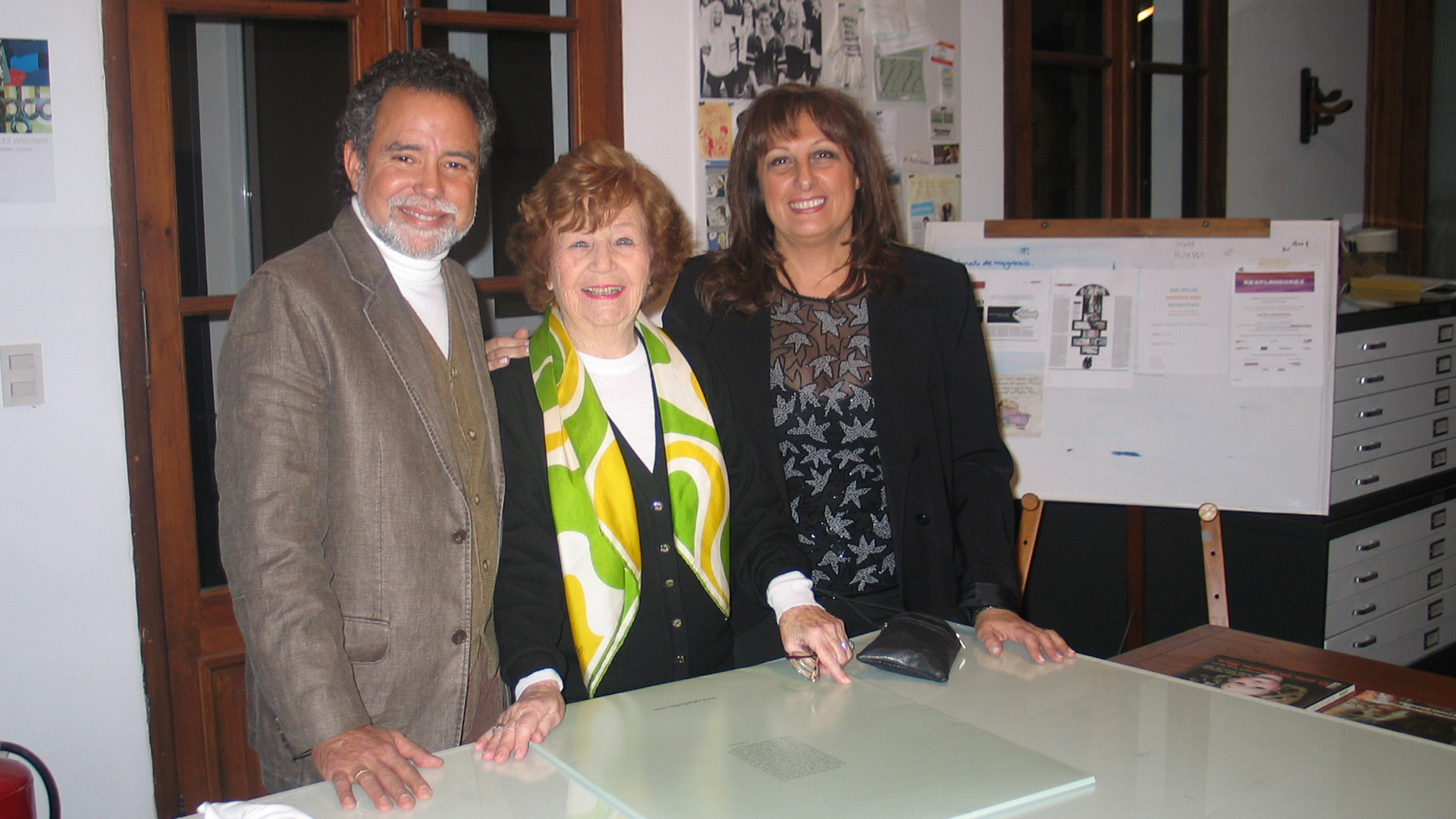
Site Specific
In Concrete
Rafael Trelles
10.08.07 30.08.07
Dedicated to Julio Cortázar and to the city of Buenos Aires, who present a unique and special setting for this project, with deep thanks to all who made this residence and interventions possible and to the people who called on the radio to offer their walls and sidewalks to the artist.
In Concrete, urban graphics is an experimental graphic work that the Puerto Rican artist Rafael Trelles has been working on since the summer of 2004, when he started it on the walls, sidewalks and posts of the cities of San Juan, Mayagüez, Ponce and the island municipality of Vieques in Puerto Rico. Originally designed to integrate into the poor and abandoned sectors of Puerto Rican cities, it later spread to other neighborhoods as well as to other cities. Starting from the concrete darkened by the fungus and dirt from the street, the “prints” are achieved using a high pressure washing machine on polycarbonate stencils. The relatively ephemeral designs are outlined on the dirty surface when washed through the cut holes in the template, exposing the original color of the wall.
Within this framework, Proyecto ´ace invited the artist to make an edition in the city of Buenos Aires as a guest artist-in-residence. Trelles was working during the month of August on mural interventions and on the sidewalks of Caballito, Colegiales and San Telmo neighborhoods. He visited an elementary school and carried out interventions on public streets. Within the educational field, there were meetings between the students and the artist as well as the artist and the public. In addition, through the collaboration of Rock&Pop Radio and the program False Impostor, conducted by musician and radio speaker Marcelo Rodríguez (Gillespi), an interview was carried out with the artist and summoned the public to offer their walls, facades and sidewalks to be intervened. In this way, the project involved the entire community of the city of Buenos Aires.
Thematically, En Concreto in Buenos Aires presented images that propose metaphorically synthesizing some of Cortázar’s short stories: The Southern Highway, Whats Up López ?, Season of the Hand and The Night Face Up, in addition to the great Hopscotch. The pieces were accompanied by a quote from Cortazar´s written that served as a complement to the image, as well as offering a clue to the viewer about the nature of the work. With the integration of the image and the word, Trelles joins the long tradition of art and communications that begins with the origin of language, the use of pre-Columbian ideograms and codices, and ends today with contemporary advertising media. This also rescues the strong Puerto Rican tradition of the cartel that began in the 1950s and continues to the present.
Puerto Rican documentary filmmaker Roberto Otero accompanied the artist to record the creation process of the work. The video was ready and edited for the opening of the exhibition “Tying Up Stories” in the Políglota Room at Proyecto´ace on August 30th, 2007. Later on, in ´ace print studio, a portfolio in an edition of 30 copies, rescued the images that the artist left onto the walls.
Related artists
Concept
Rafael Trelles
Direction, camera and edition
Roberto “Tito” Otero
Production in Puerto Rico
Galería Sin Título | Dennis Rodríguez Román
Production in Buenos Aires
Proyecto´ace | Alicia Candiani and ´ace team
Special acknowledges
In Puerto Rico: Dr. José Luis Vega, Sra. Elaine Delgado, Sr. Juan Lugo, Sra. Anailda Ortiz
In Argentina: Cultural Affairs Minister Silvia Farjaj
Thanks to
Rock&Pop: Gillespi, Laura Salles, Enrique López Goñi, Camila Gandía, Antonella Quercia
Visual production: Darío Marcón, Ricardo Seco
Hidrolavadora: Gustavo and his team
Dv-arts: Dis.Gustavo Pavesi y Dis.Verónica Cassata
Community Management and Participation Center # 06 – Caballito: Dora Nocera, Alejandra López Ferré, Susana Torchia
Community Management and Participation Center #13- Colegiales: Arq. Fernando Boffi Lissin
Community Management and Participation Center # 01 – San Telmo: Alejandro Amicarelli
Buenos Aires Trains (TBA): Ing. Luis López
Nuevo Central Argentino (NCA): Cecilia Mariezcurrena
Presidente Uriburu #17 Elementary School: Marita Perez (Director), Beatriz Kantorovich, Laura Pelazzo (Fine Arts teacher), Maria Luna, Claudia Gattuso, Viviana Russo
Tanghetto: Sr Javier Masri
Artist Book, Editions
Portfolio In Concrete
Rafael Trelles
10.09.07 09.11.07
Buenos Aires: The essence of an Image
Foreword to the portfolio “On Concrete” by Alicia Candiani
It was the harshest winter in almost a hundred years. With his wellingtons and mack, hardly adapted to the rigor of the weather, Rafael offers his chest to the cold and washes the dirty walls with a high-pressure jet of water. Passers-by stop and look. Some neighbors present him with their indecent walls. He removes the stencils, and the sights makes the pupils ecstatic: a giant hopscotch printed on the school’s sidewalk. A brave old lady dares to make the opening act and hops on it with a wide smile, recalling the merriest moments of her childhood. The artist expands the practice of printmaking onto other fields, adjusting its scale and support, de-constructing the technique, etching by means of water…and turns the chipping wall and its forgotten graffiti into pure poetry, which stands out against the forsaken and impoverished surroundings. The strengths of his images deeply move a megalopolis which boast about having seen it all.
Being in Paris, I could not help visiting the grave of Julio Cortázar, at Montparnasse Cemetery. The experience of “On Concrete”, the project that Rafael had already produced in Buenos Aires, was still in my mind. The cold Parisian fall and the intricate tangle of crosses and mausoleums conspired to make me renounce my objective. I was leaving, when, as if by incantation, the wind blew a leaf of my feet, a leaf with a poorly drawn hopscotch, a hint of destiny that showed me I was near. It did not take long to find the grave and discover, on the pale tombstone almost like a mantra- dozens of hopscotches visitors have drawn by their messages. The hopscotch, a symbol for freedom of choice, non-conventional paths and the scope of aims as long as one reaches Heaven. And the other Hopscotch, close to May ´68, sketched on Buenos Aires’ scenery and remembrances.
Buenos Aires, queen of the Plata, a misty city of gloomy melodies, admirably unraveled by a Belgium-born writer who spent most of his life in Paris and is held as one of the best Argentine authors. Should we have prejudices against a Puerto Rican artist that interprets the writer and intervenes -even if he had never been before- in a city described by the latter? No. Because just like work, “concretely”, Rafael manages to observe the parallel reality and decipher the overwhelming solitude in that traffic jam from “The Southern Thruway” and entangles it with the daily back-and-forth movements of the city and trains at Colegiales Station; he figures the fantasy of the dreams of “A Certain Lucas” on the sad walls of Moldes St.; he speaks about utopia by placing “The Hydra Head” next to the homeless shelter: forges the “Hopscotch” on the sidewalk where President Uriburu schoolchildren play; and offers us the whispering heel stamping of La Maga and the unexpected way the appears and vanishes in the city streets.
A Japanese master used to say artist´s books are like flowers: they open and then close, leaving us their essence. In this portfolio, we have registered and printed some of the images the artist has engraved on the walls and sidewalks of the city of Buenos Aires. We believe that, just like flowers, they concentrate the essence and poetruy of the urban interventions made during his residency in Proyecto´ace. All I can add is this August 2007 I felt like a Fama among Cronopios, and ever since I cannot help wondering around the city trying to figure if those walls would make a good support for Rafael’s work.
Related artists
This portfolio includes five original hand illuminated intaglios combines with planographic printing on Rivers BFK 300 grs. paper + a DVD recorded by the video-documentalist Roberto Otero. The art works and the DVD register the interventions that the artist Rafael Trelles made onto the walls and sidewalks of Buenos Aires city during his residency in Proyecto´ace, august 2007.
The edition was printed in Proyecto´ace print studios in Buenos Aires, Argentina from September to November 2007 by the masterprinter Adriana Moracci with the assistance of Romina Biglieri, under the supervision of Alicia Candiani, director of the center, who also designed the box-cases built by the bookbinder Carlos Quesada.
As part of Proyecto´ace international promotion, the portfolio was exhibited within “Episodes & Itineraries 2: Quito Chapter” (2008) in Ecuador and a copy was donated to the collection of the National Graphics Workshop within the MECA (Mega Space for Culture and the Arts) in Aguascalientes, Mexico in 2016.
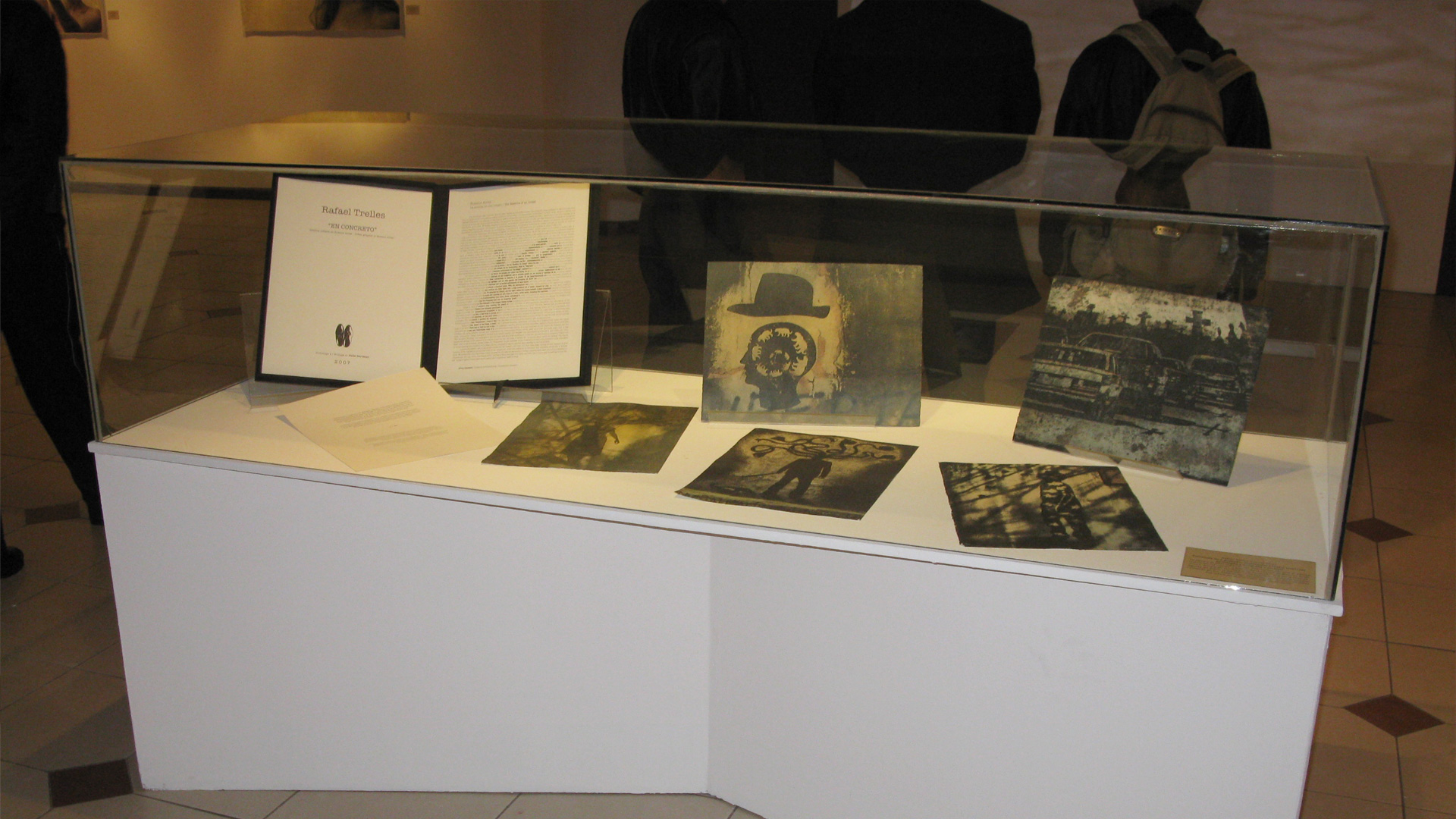
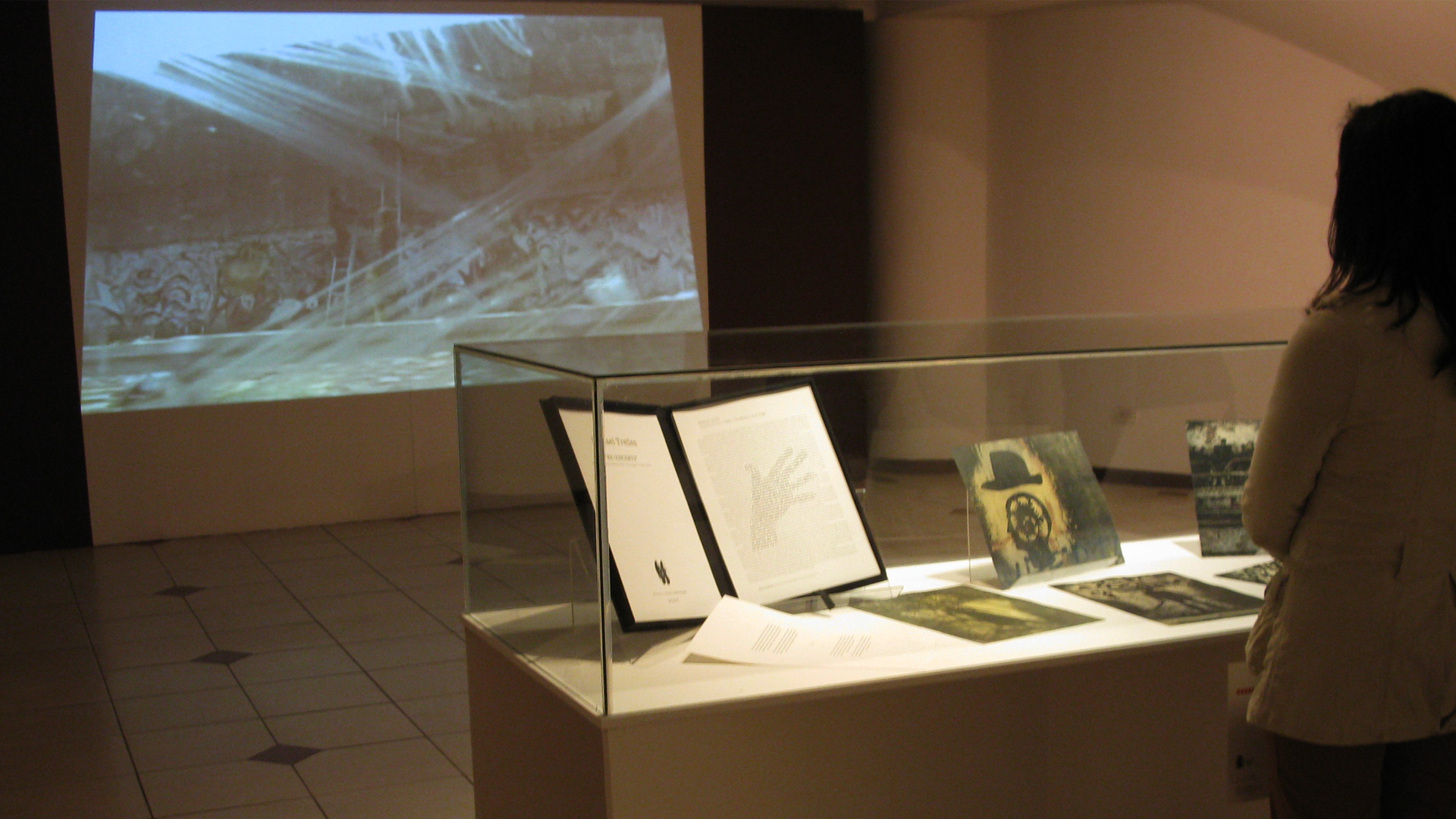
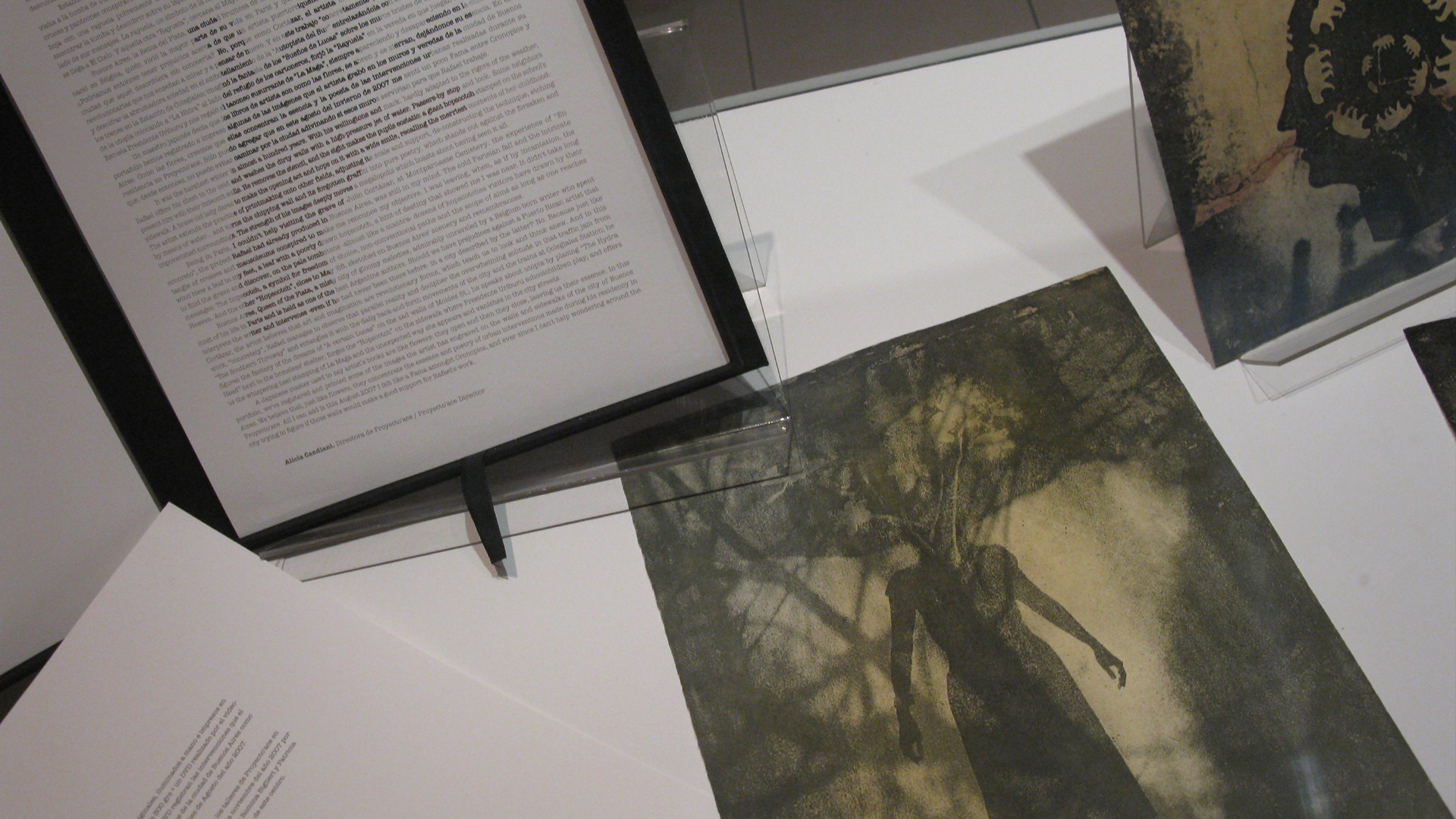
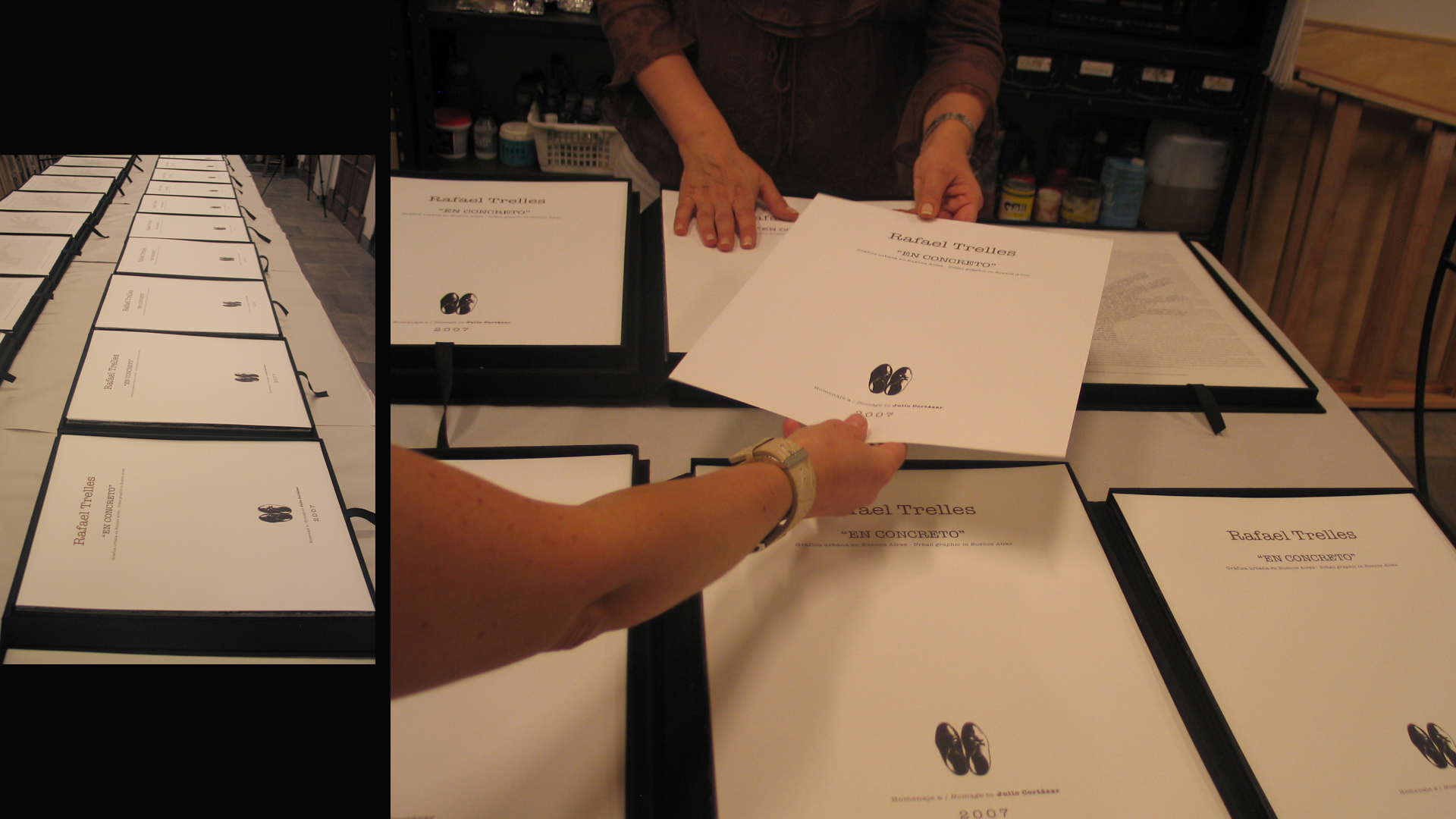
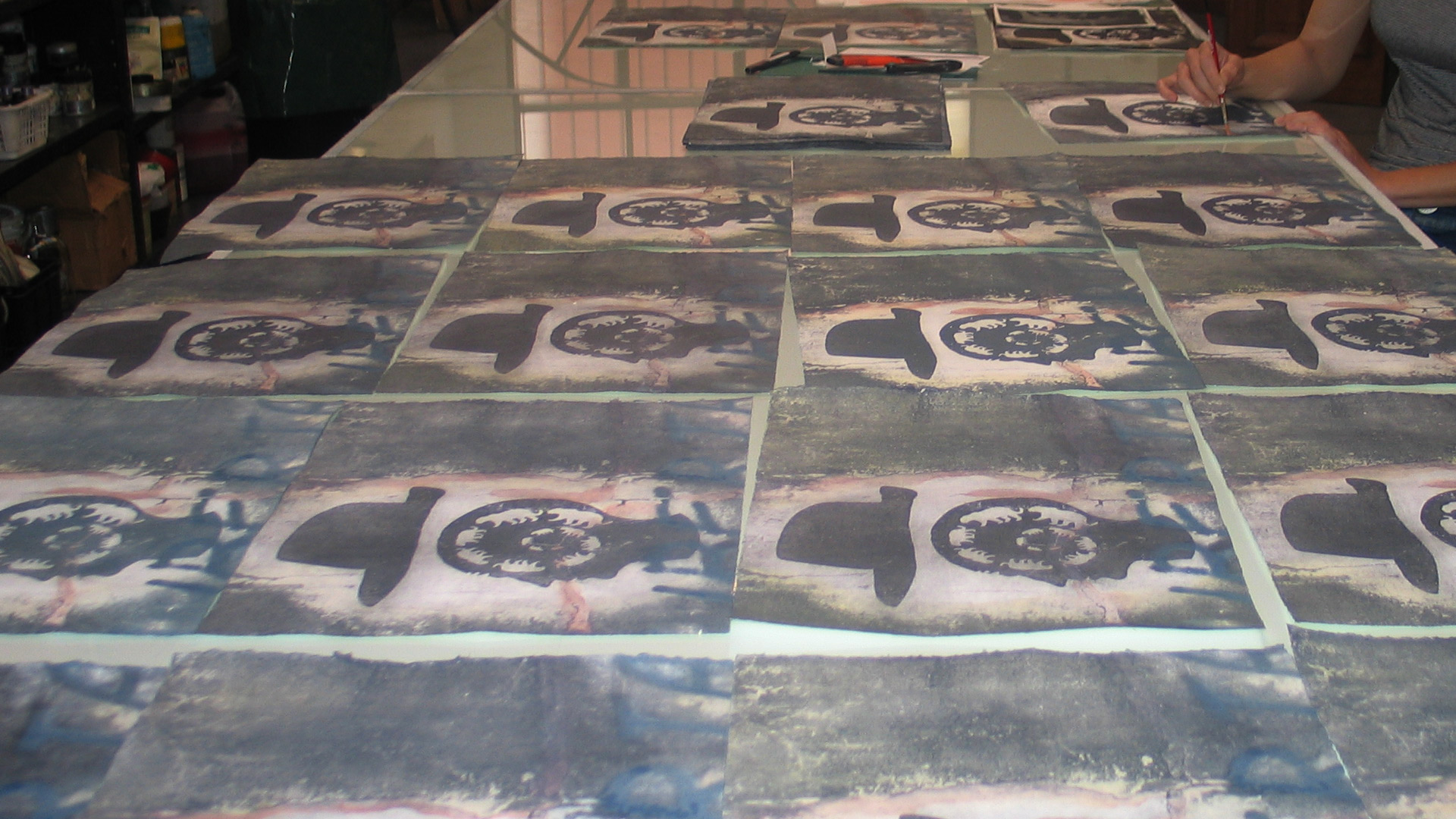
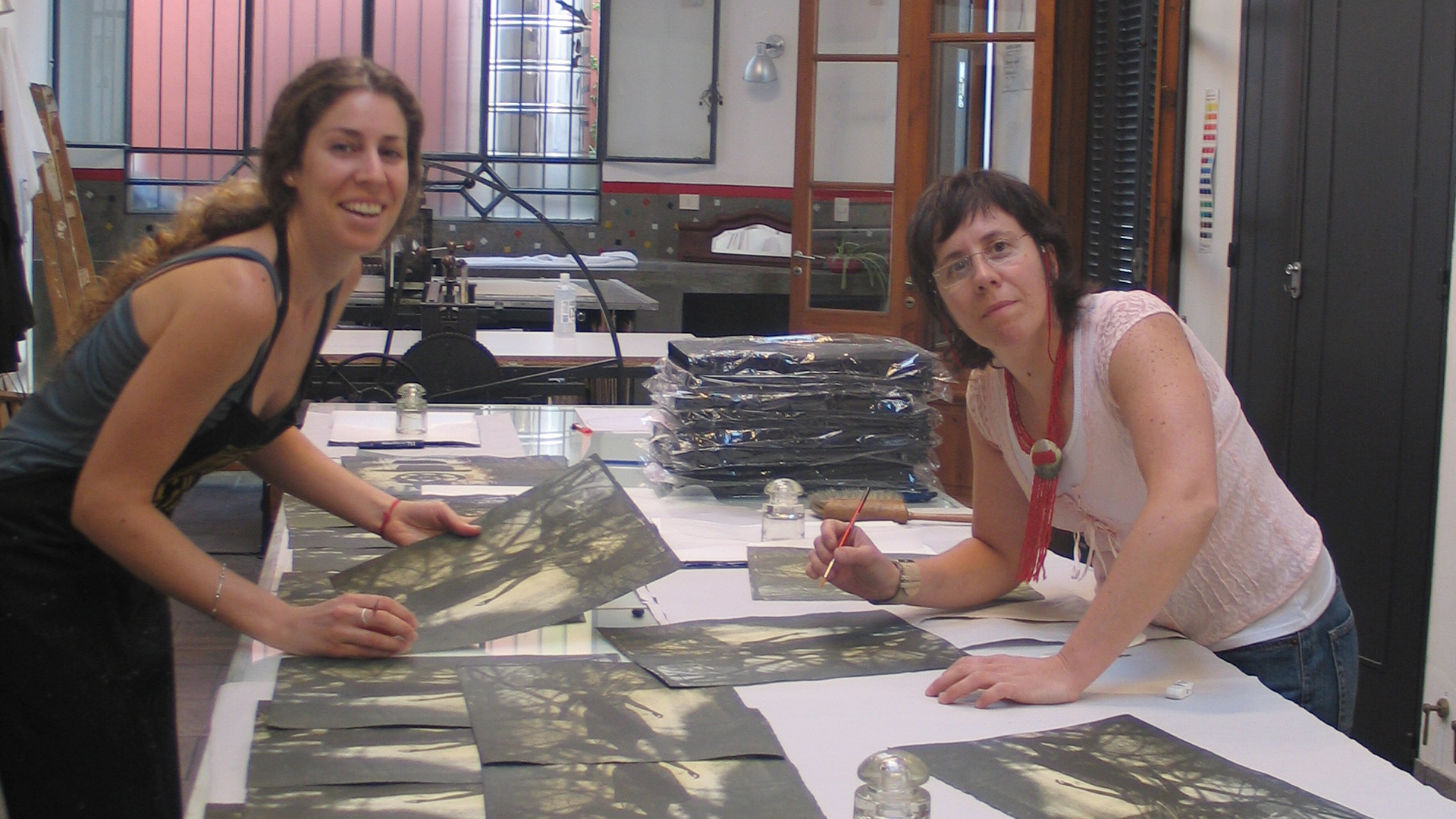
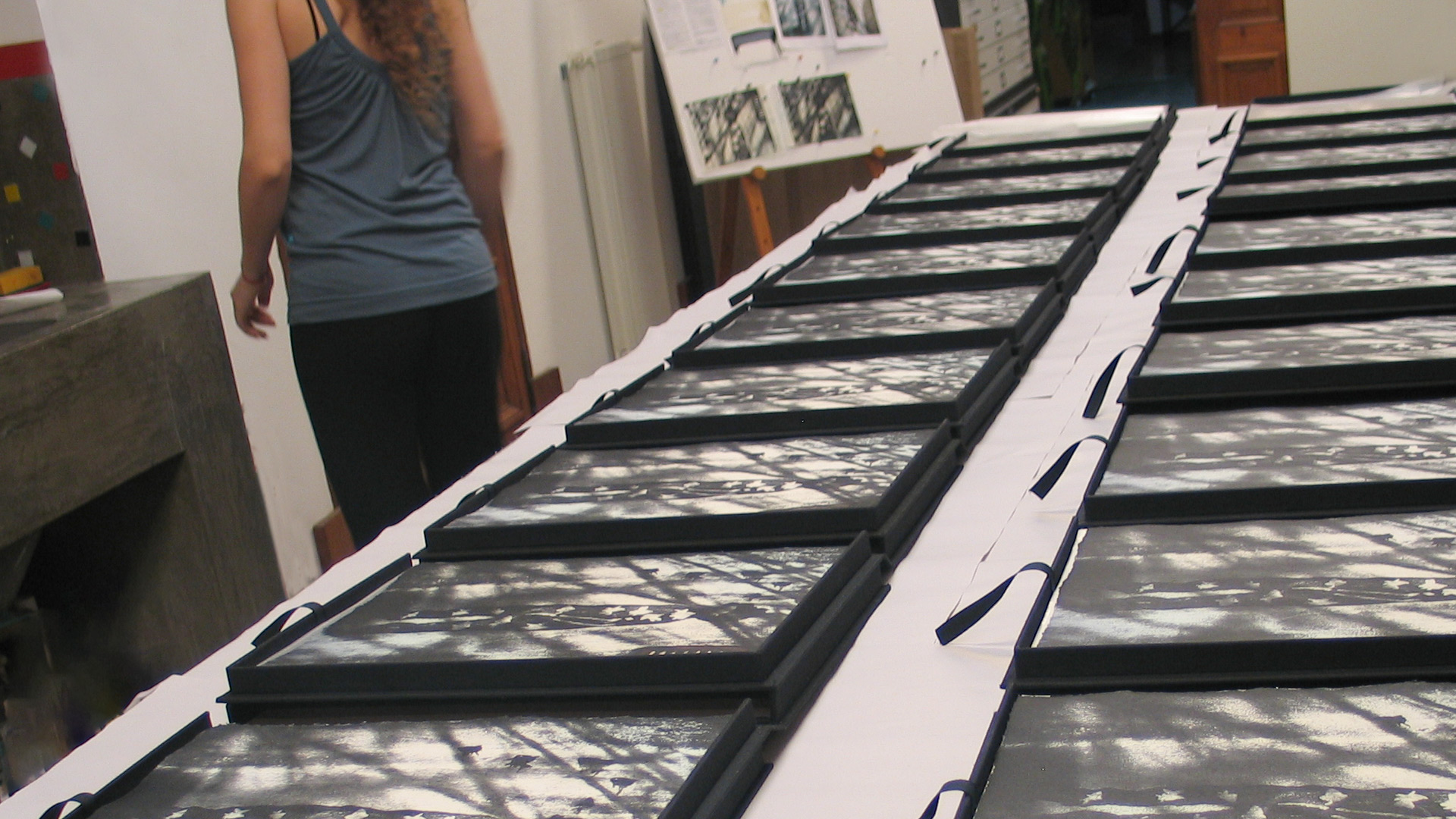
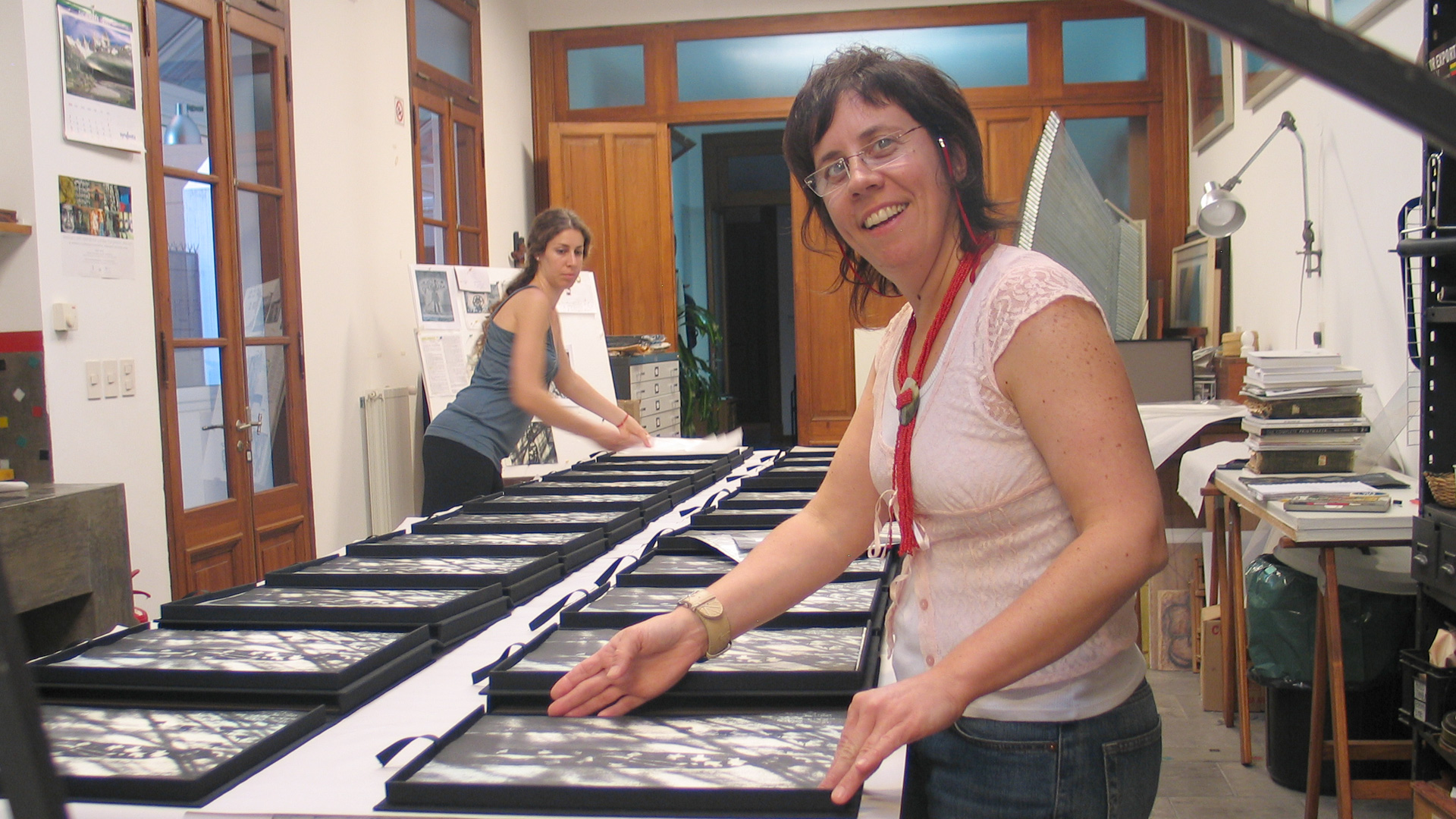
International Projects
VI Belgrade Encounters
Artists in dialogue
01.09.11 10.09.11
On September 1st and under the name “VI Belgrade Encounters: Latin America meets Serbia” will begin the sixth edition of the International Printmaking Workshop and Symposium 2011. The event has a packed agenda, which includes the residence of 6 Latin American artists, the production of a portfolio in collaboration with 7 Serbian artists, a guest artists exhibition and a symposium with lectures and demonstrations.
“Akademija” Research Center Visual and Graphic Arts “(Centar za grafiku i vizuelna istrazivanja” Akademija “) has been organizing on biennial basis these encounters during the past 10 years. The purpose of these meetings is to establish organizational and artistic links between different countries, helping to position Belgrade among the leading cities on the international map of new media and printmaking.
‘ace and Latin American artists related with our center will be the guest of honor at the 2011 event, being the first time that the invited institution and region do not belong to Europe. The Argentinean artist Alicia Candiani, who is the founder and director of ‘ace, is in capacity of curator and liaison with the Latin American group of artists, and her colleague from Belgrade, the curator Ljiljana Tašić, is in charge of the selection of Serbian artists.
In addition, Rafael Trelles (Puerto Rico) and Alicia Candiani will lead the symposium, hosted by the Instituto Cervantes de Belgrado, that will focus on heterogeneity, multiplicity, connection and rupture as marks of contemporary printmaking. Finally, ´ace will increase its collection with one of the portfolios, which will be exhibited in Buenos Aires in the future as well as several projects will be launched inspired by these contacts between artists and art associations.
The “meetings” have taken place during the last 10 years on a biennial basis organized by “Akademija”: Center for Visual Research and Graphic Arts (Centar za grafiku i vizuelna istrazivanja “Akademija”), under the Faculty of Fine Arts of Belgrade El The objective of these meetings is to establish organizational and artistic ties between different countries, helping to position Belgrade among the leading cities on the international map of new media and graphic arts.
Related artists
Curators
Ljiljana Tašić (Belgrado)
Alicia Candiani (Buenos Aires)
Latin American artists
Romina Biglieri | Alicia Candiani
Sebastian Garcia Huidobro | Adriana Moracci
Rafael Trelles | Valeria Zamparolo
Serbian artists
Slobodan Knezevic Abi | Nebojsa Lazic
Dragana Radivojevic | Simonida Rajcevic
Mihailo Stanisavac | Slobodanka Stupar
Nikola Velicki
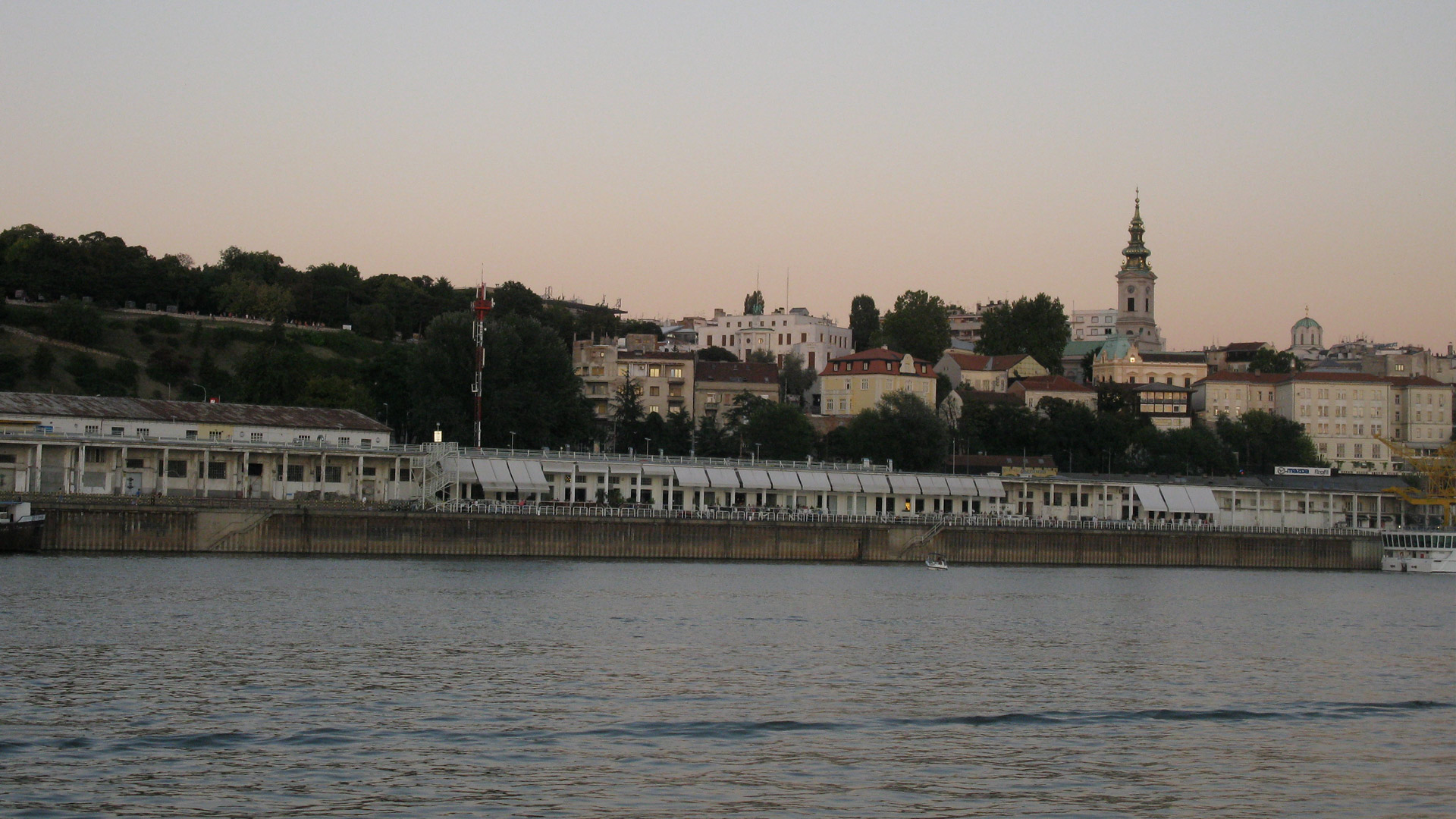
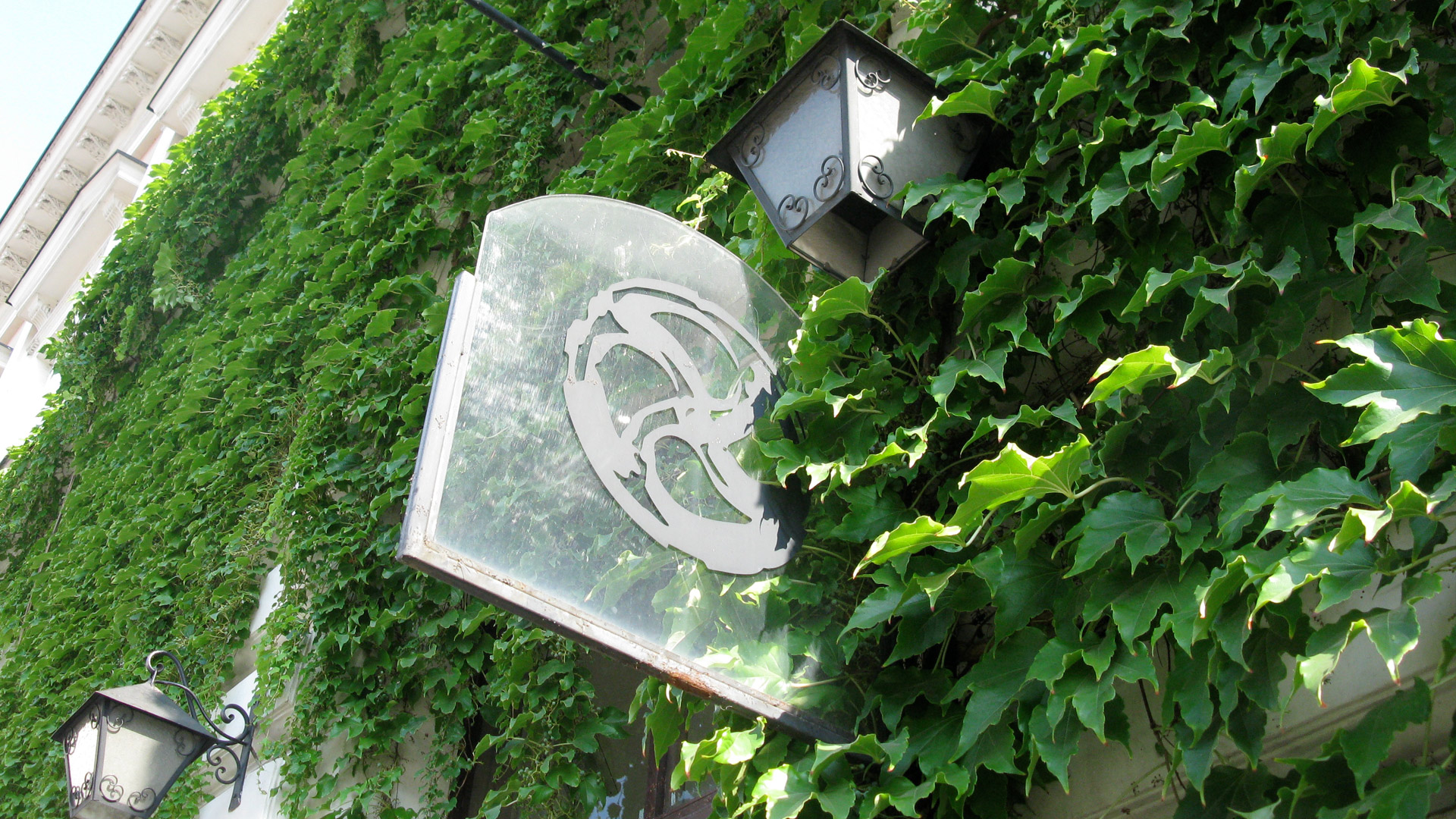
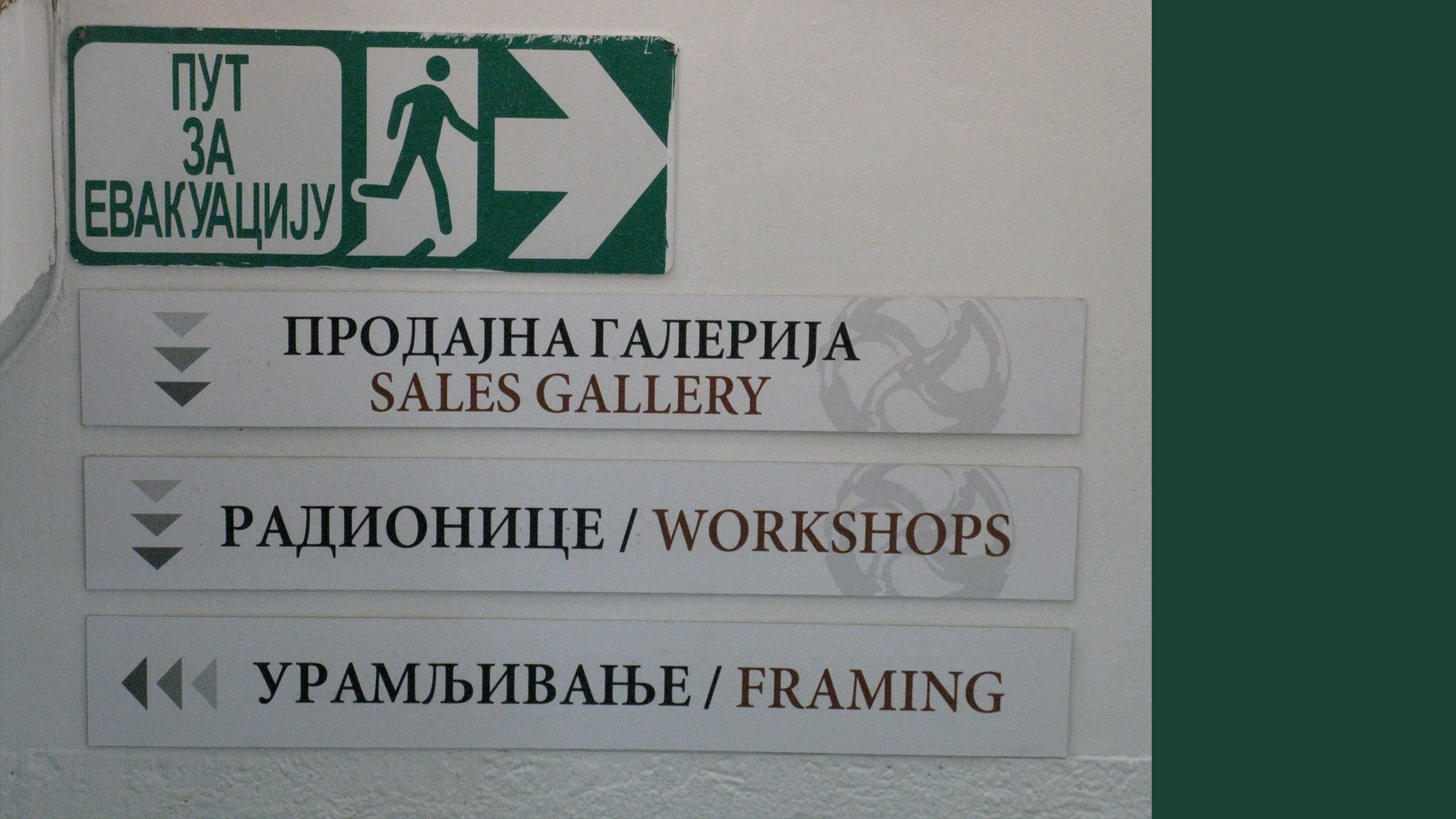
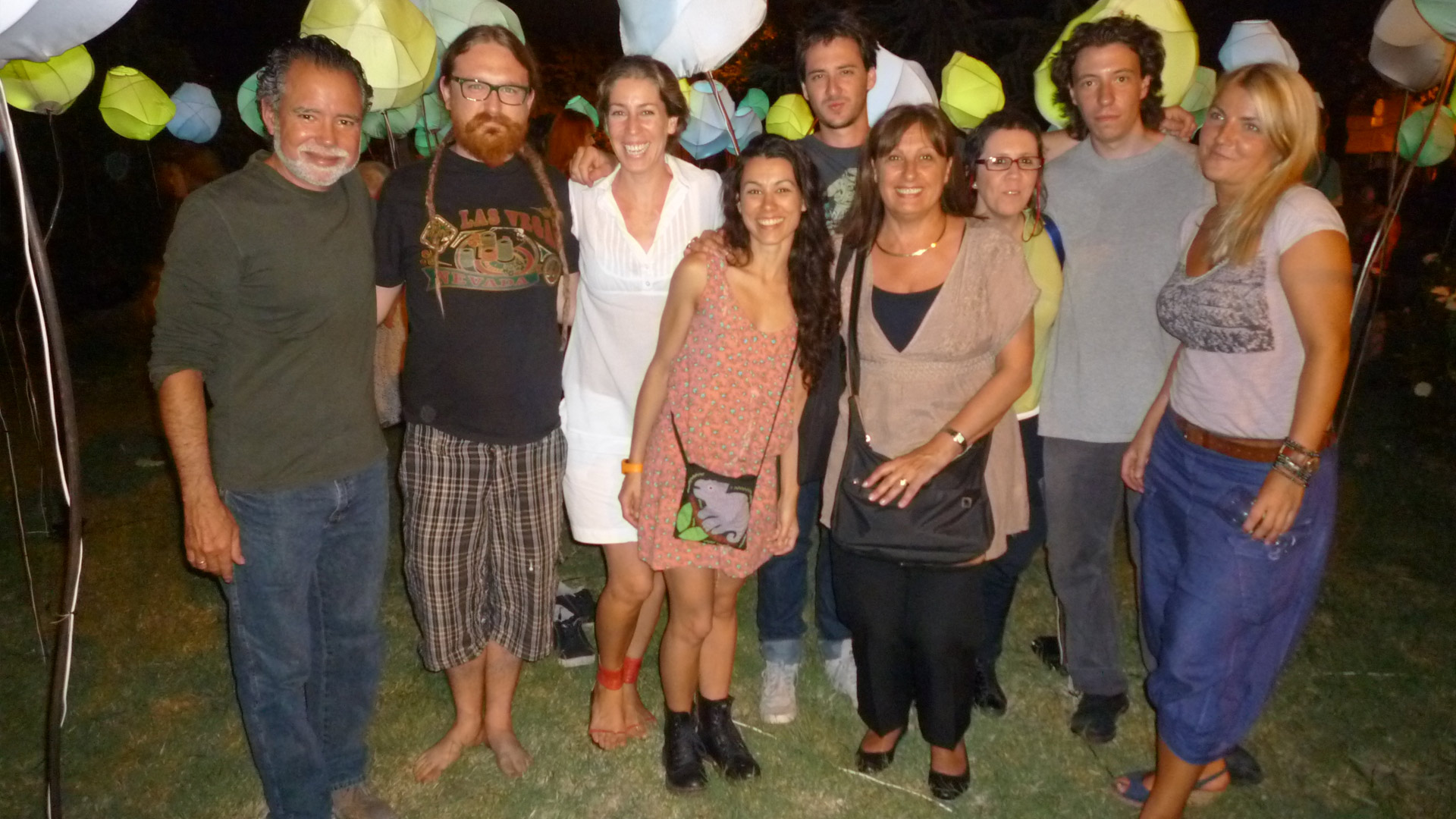
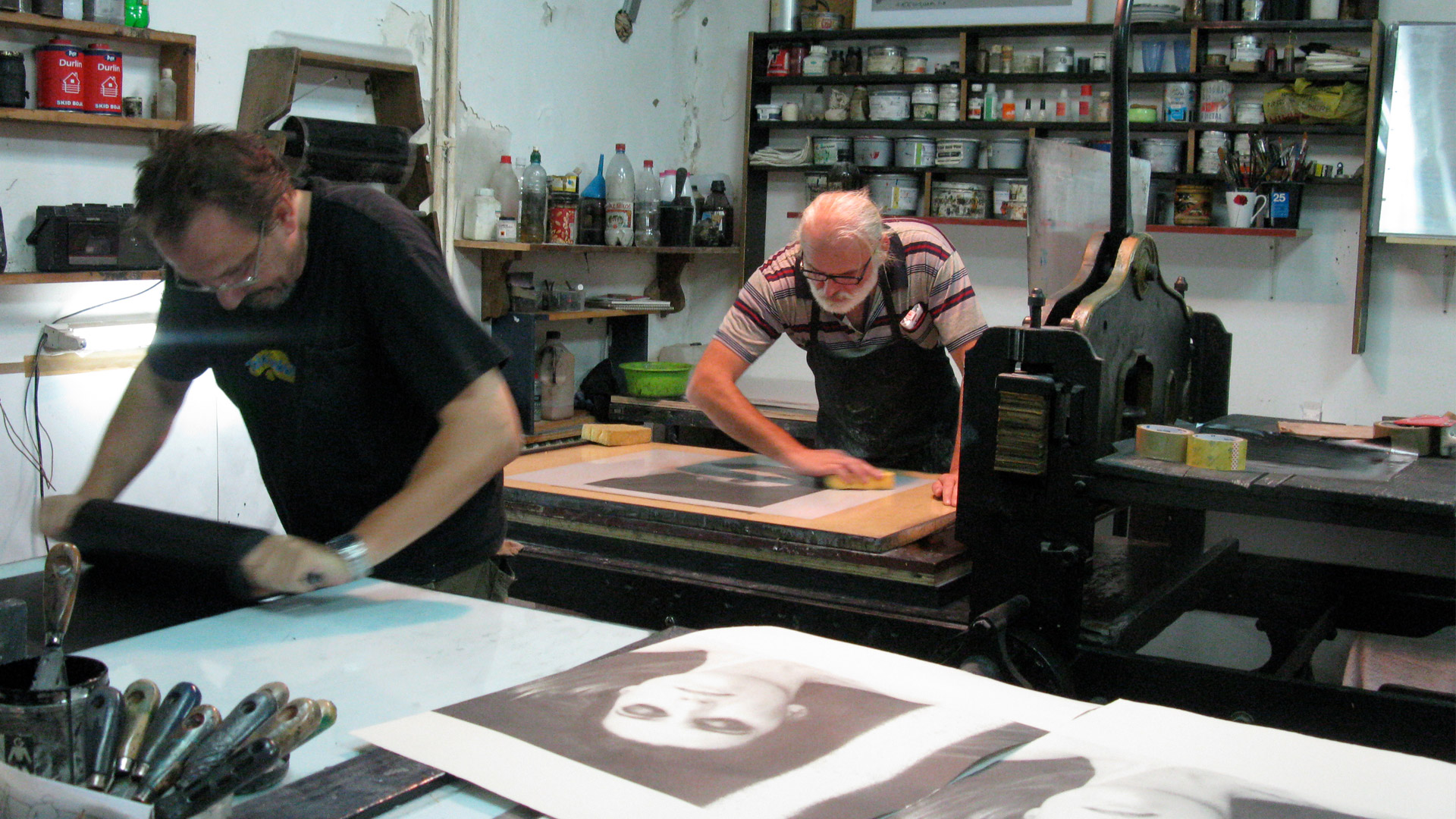
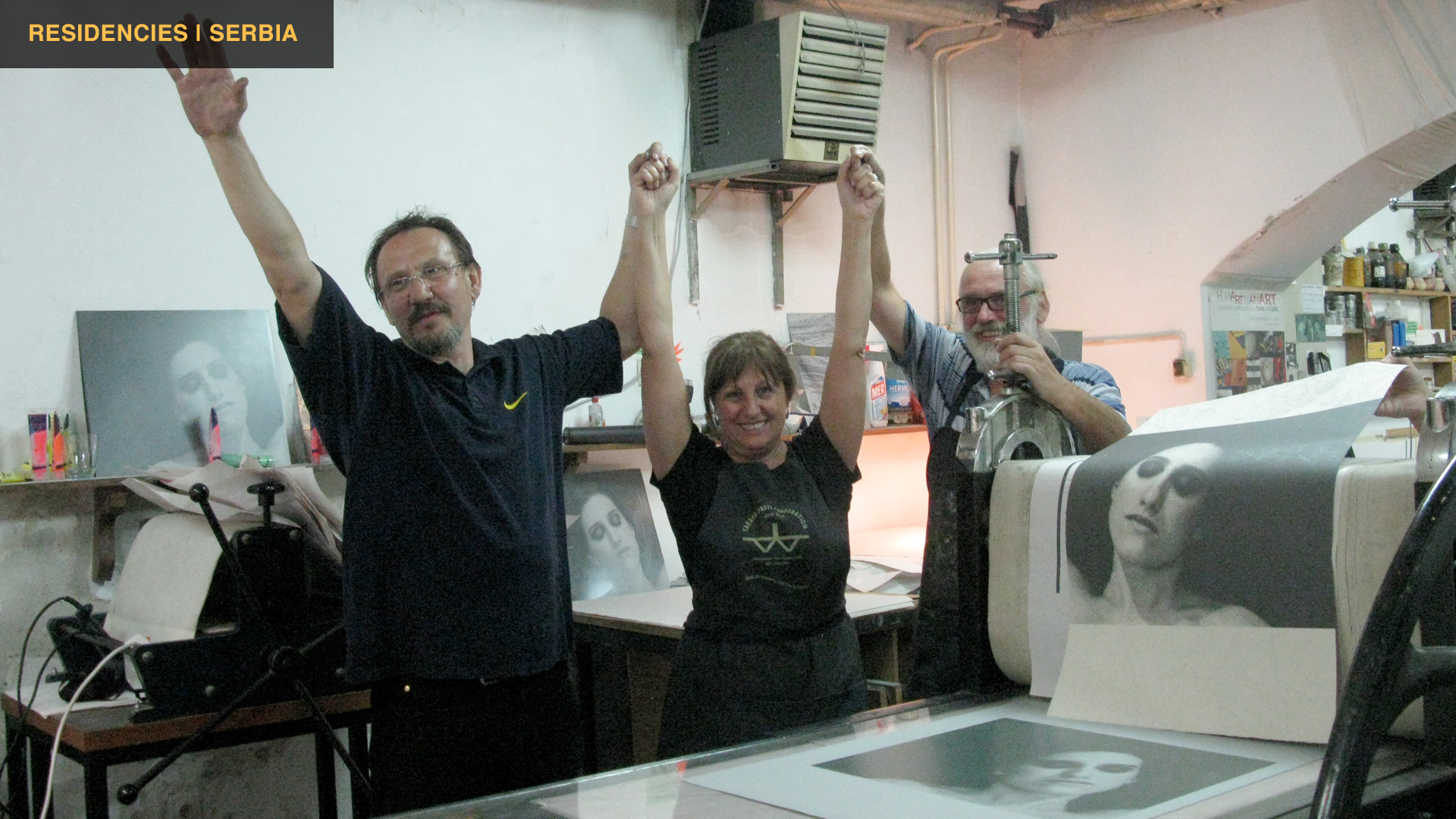
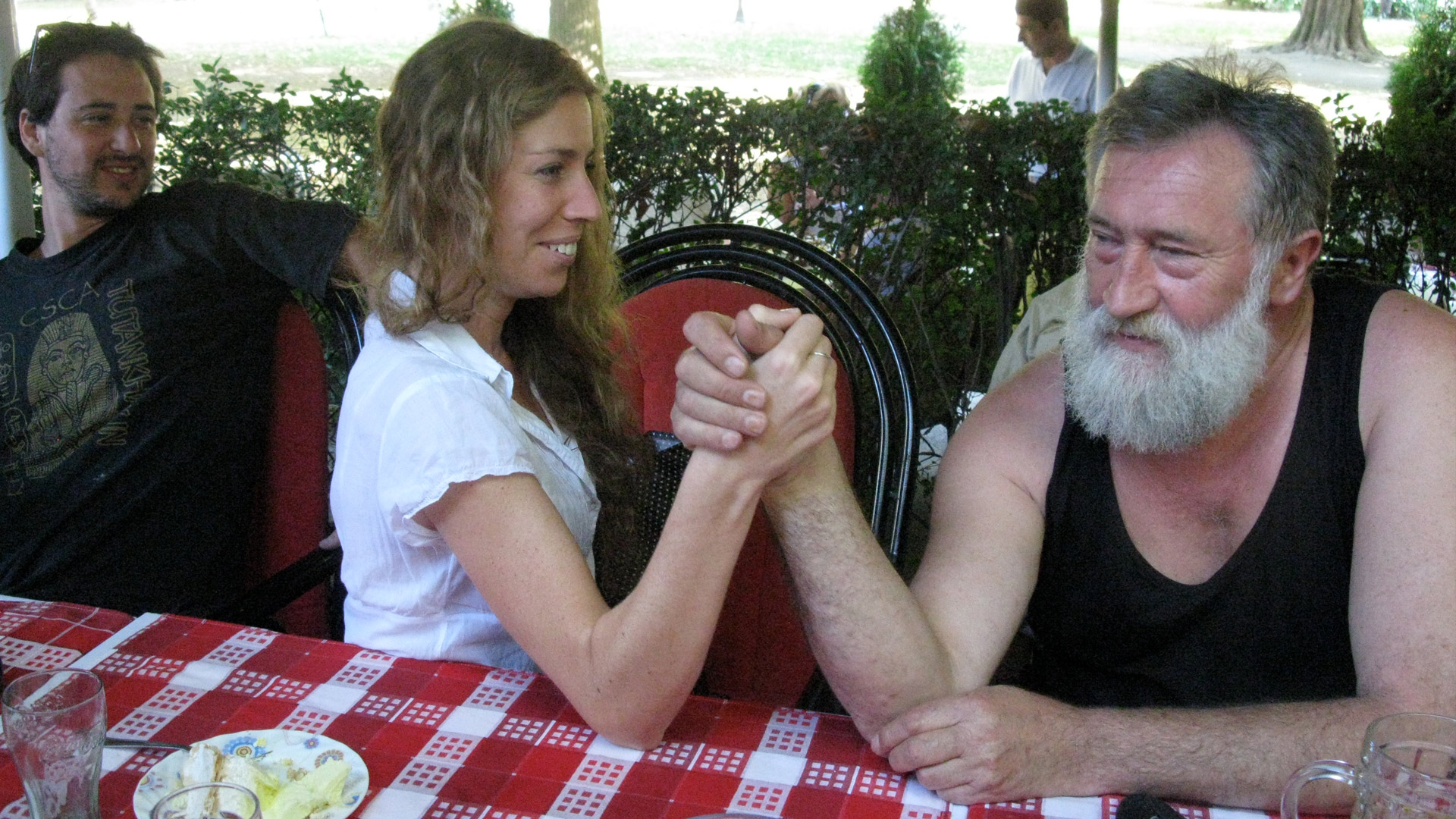
Press review (before the residence)
Article in El Nuevo Dia newspaper, Puerto Rico
The City as a Canvas
Mario Alegre Barrios
22.07.07
Upon reaching the heart, time can no longer be measured … [Julio Cortázar]


